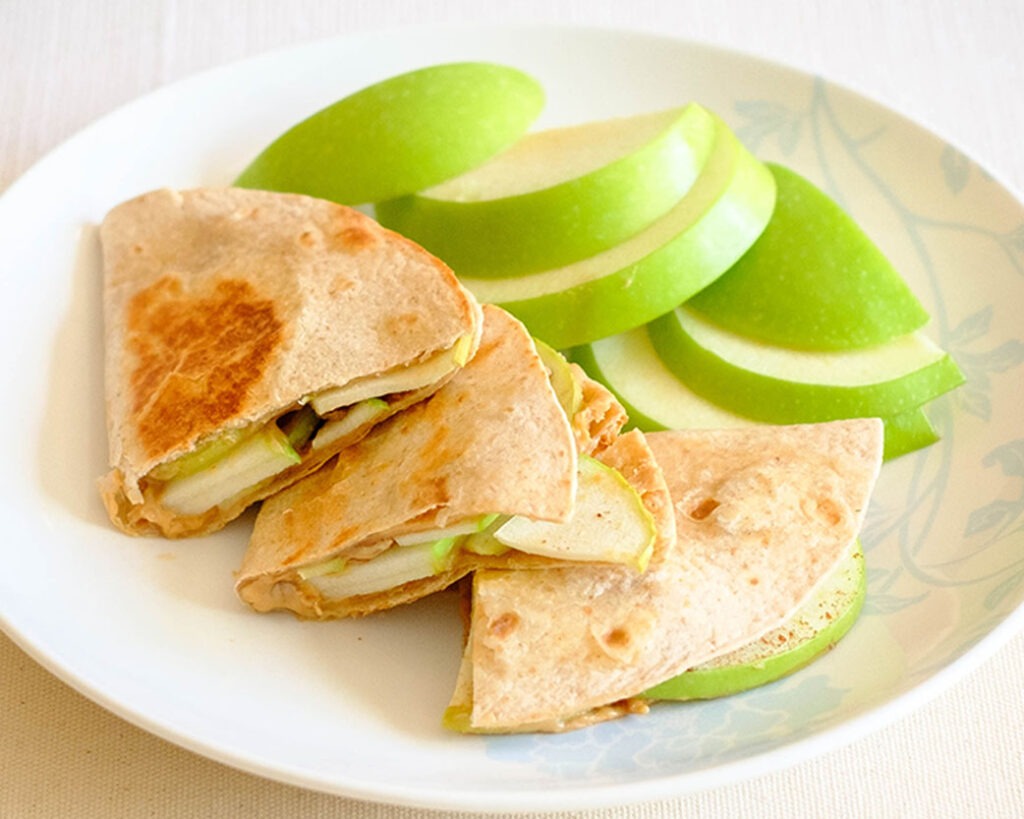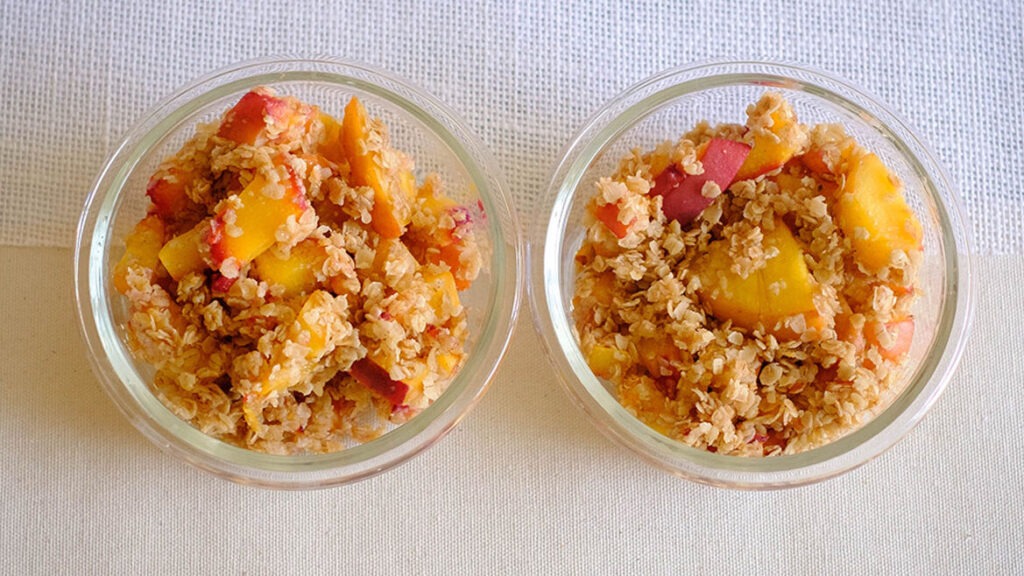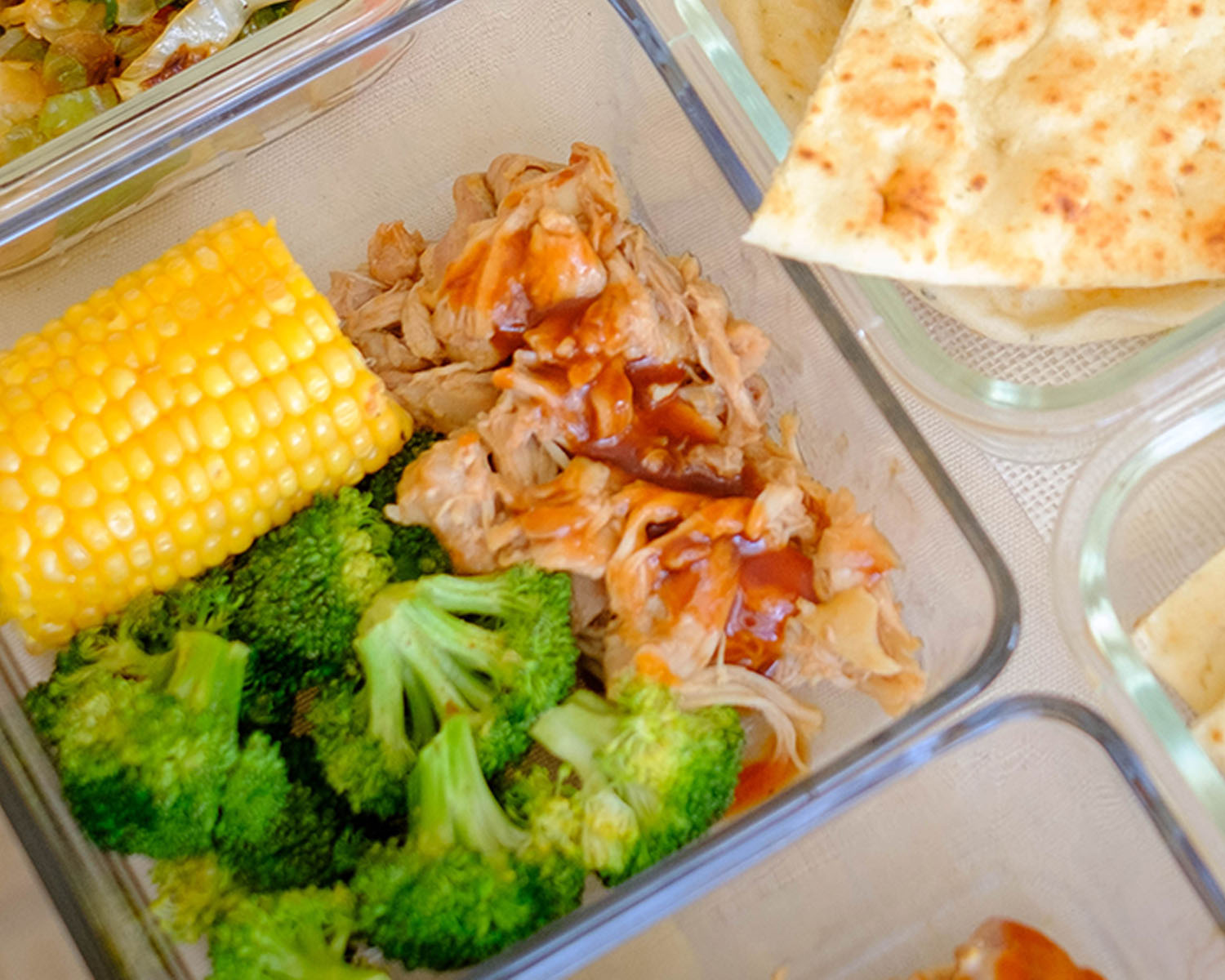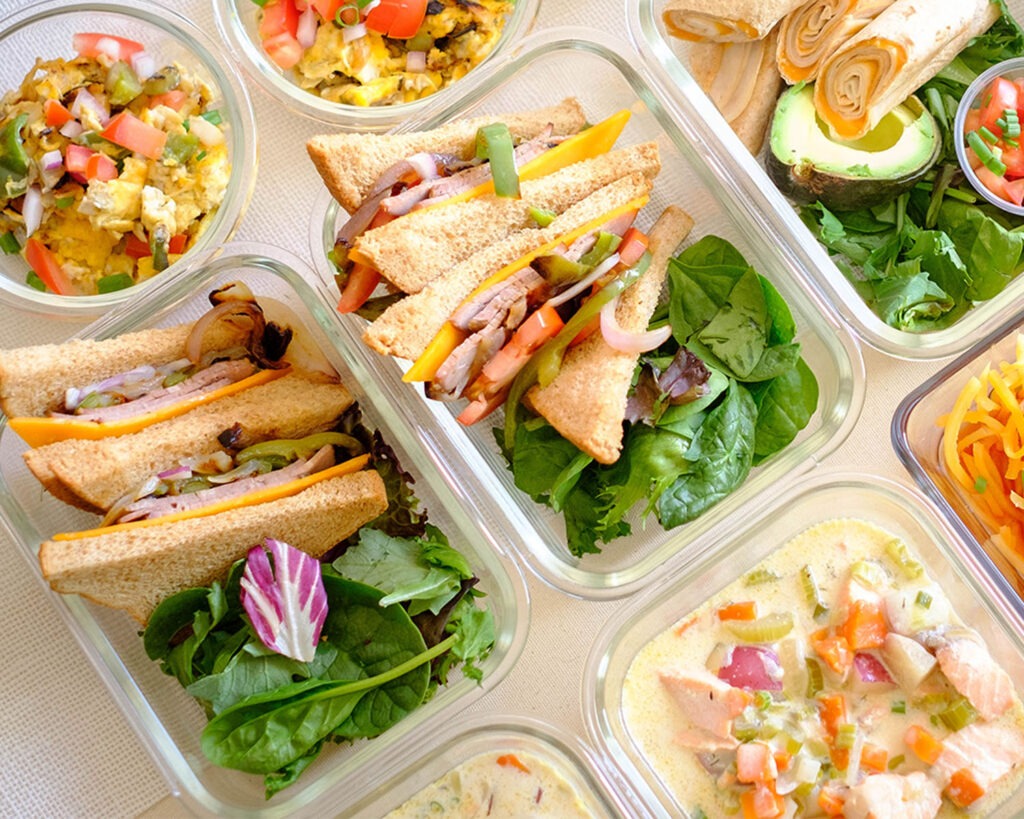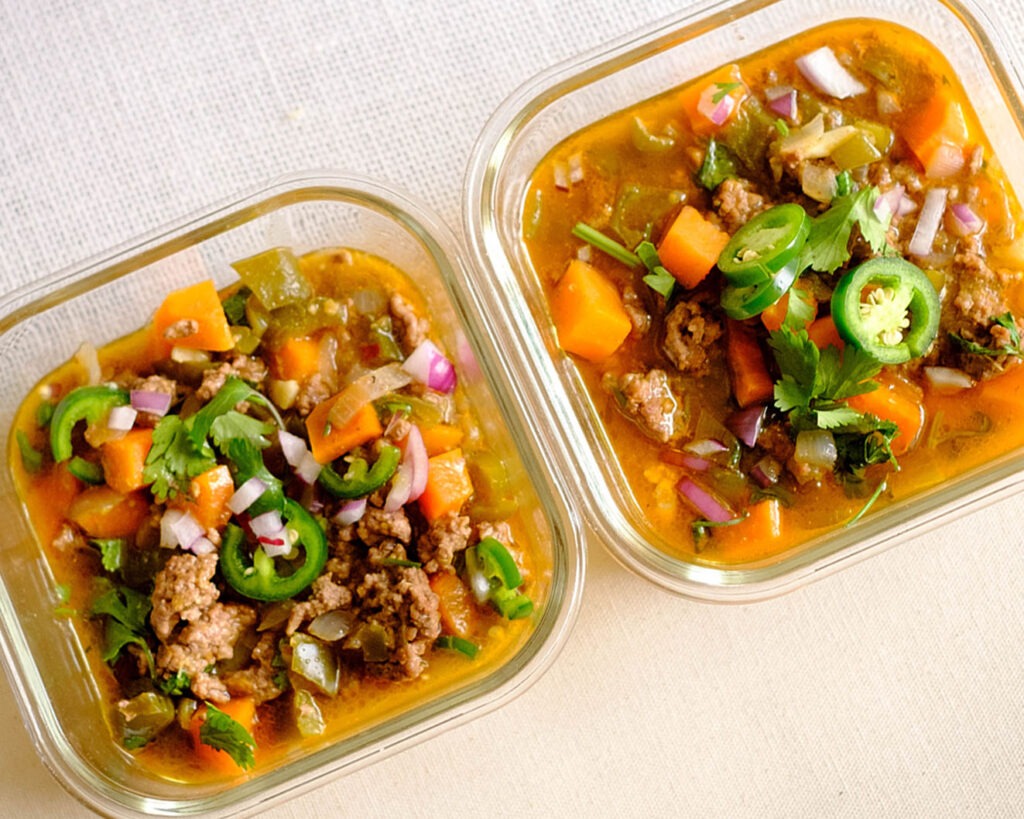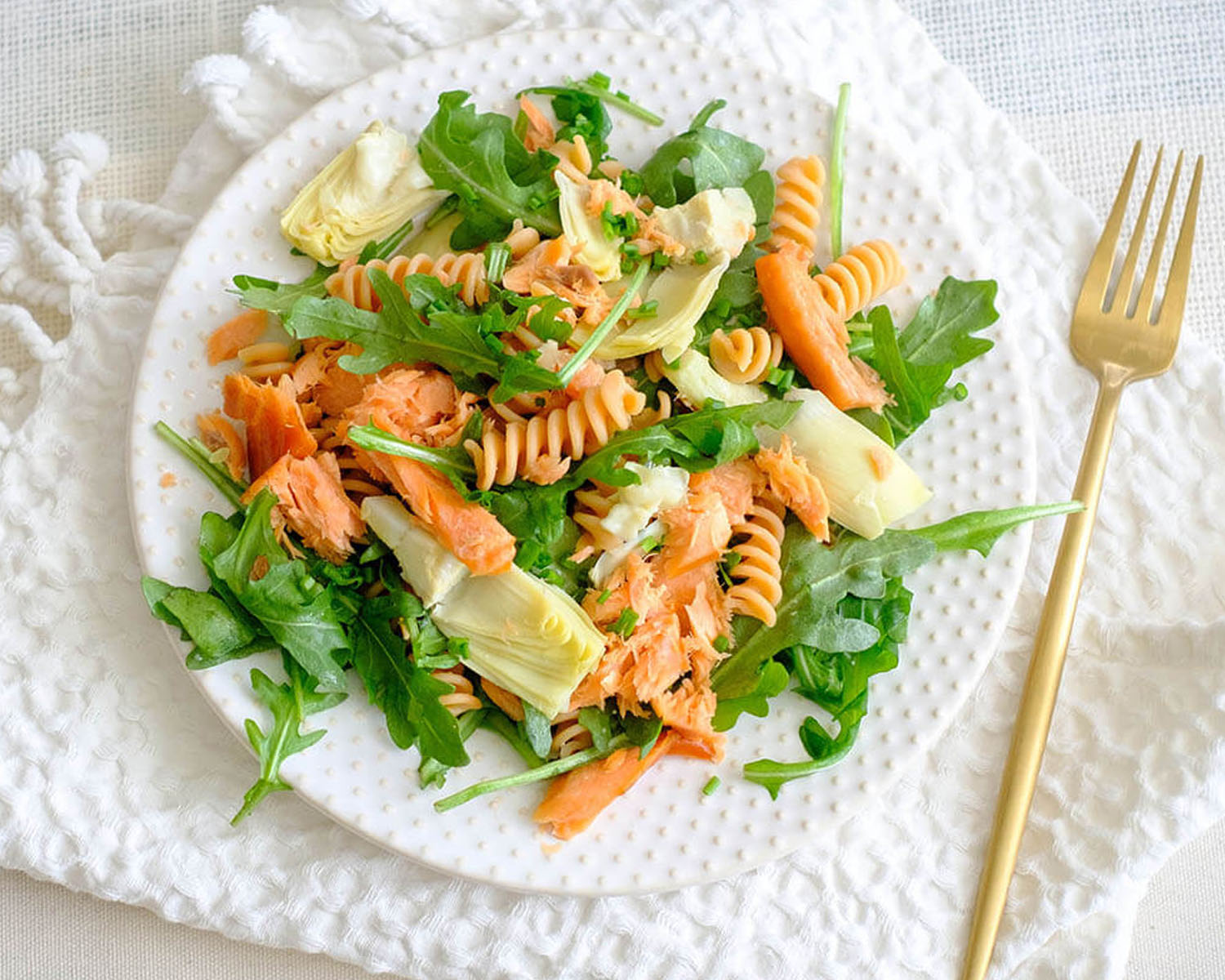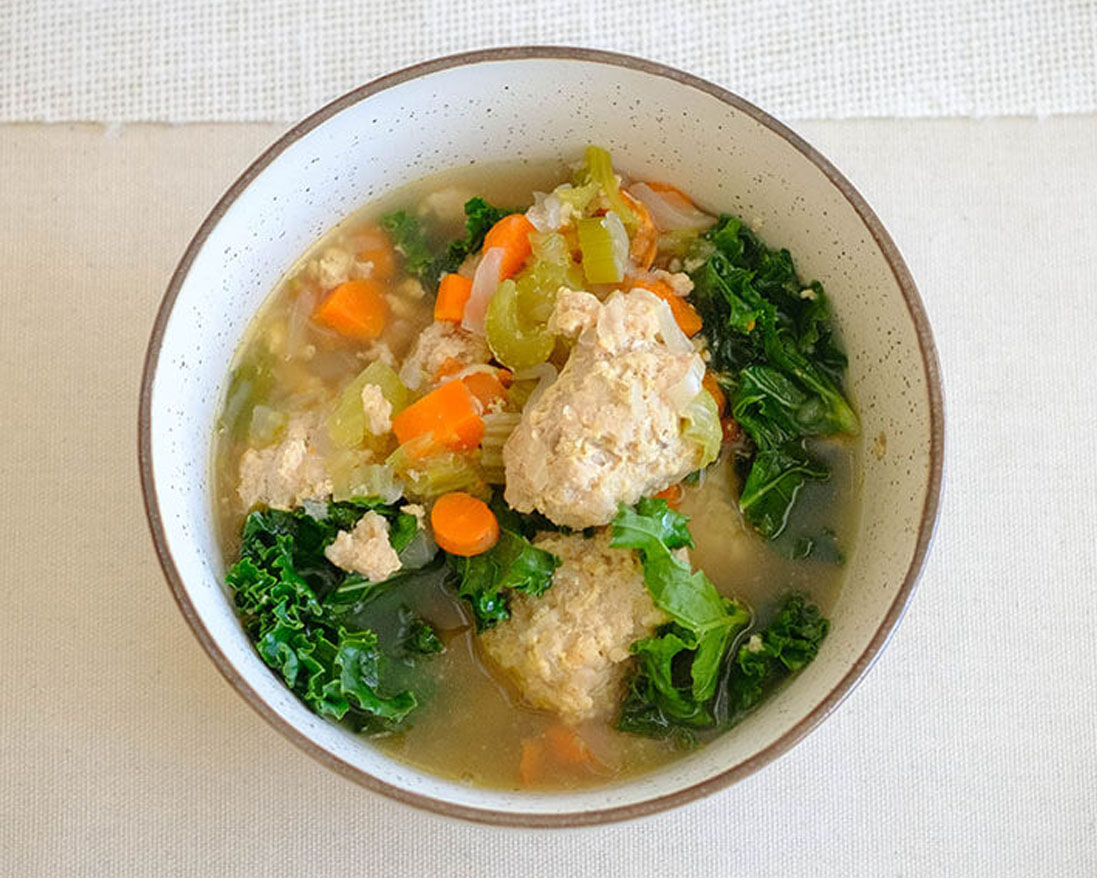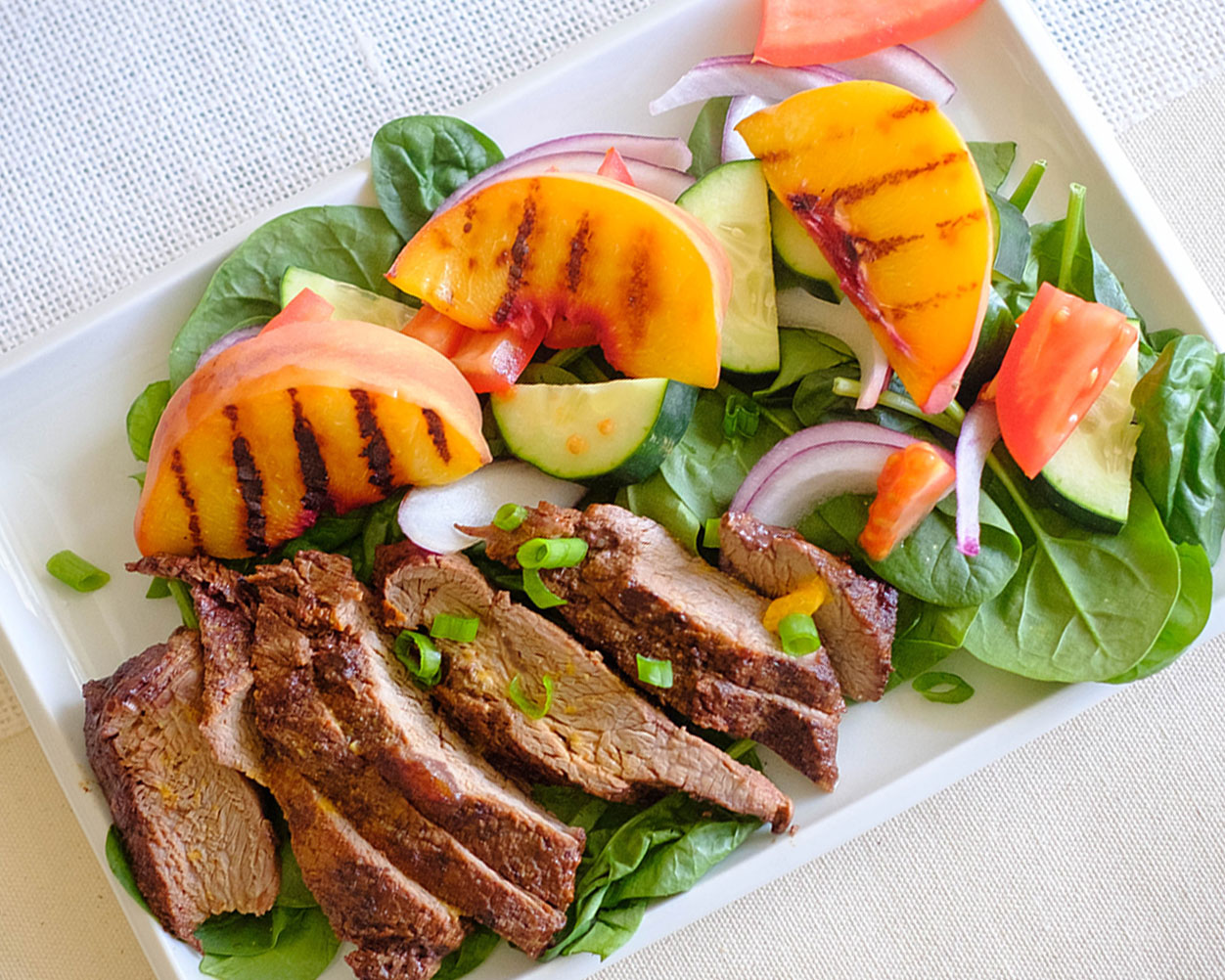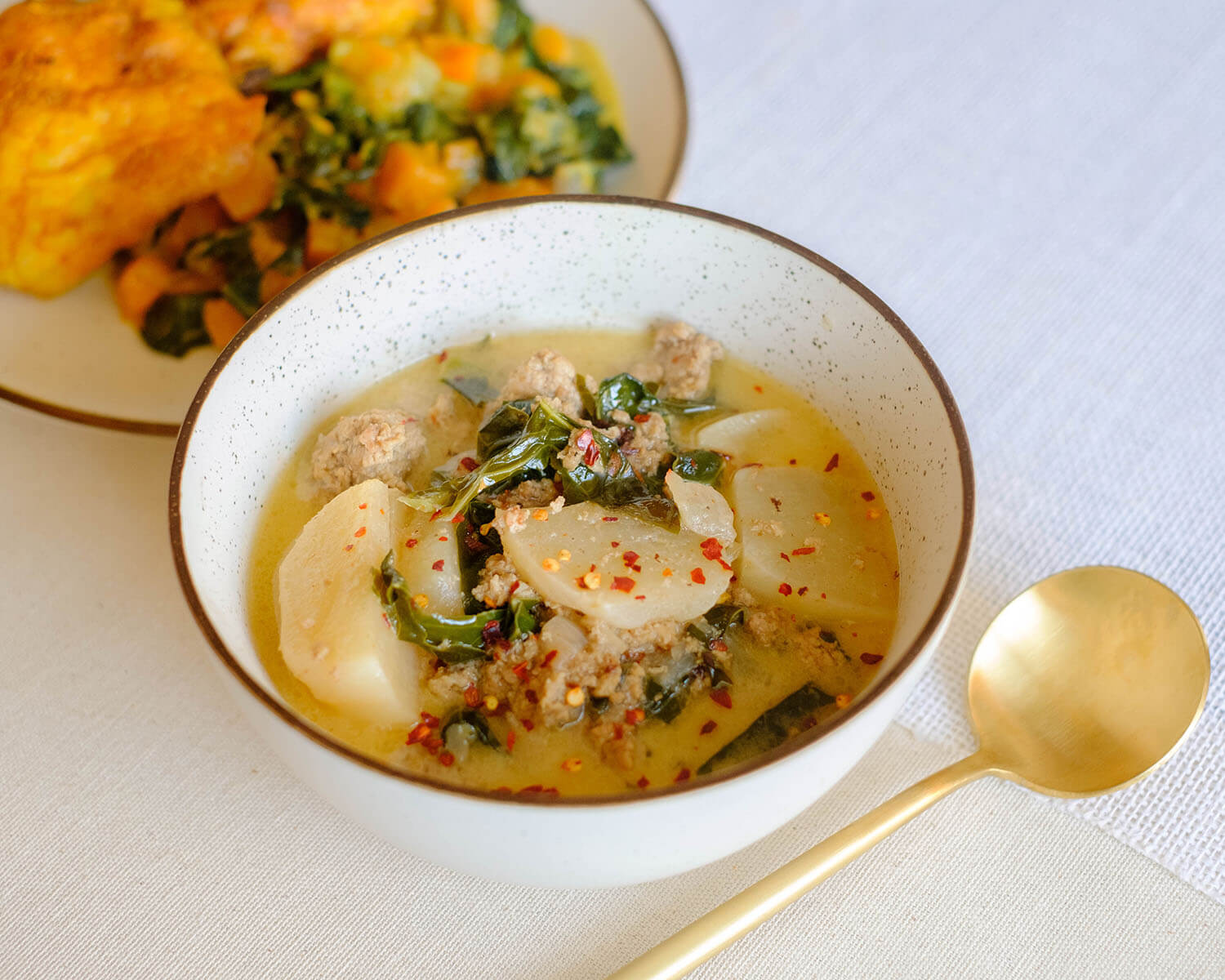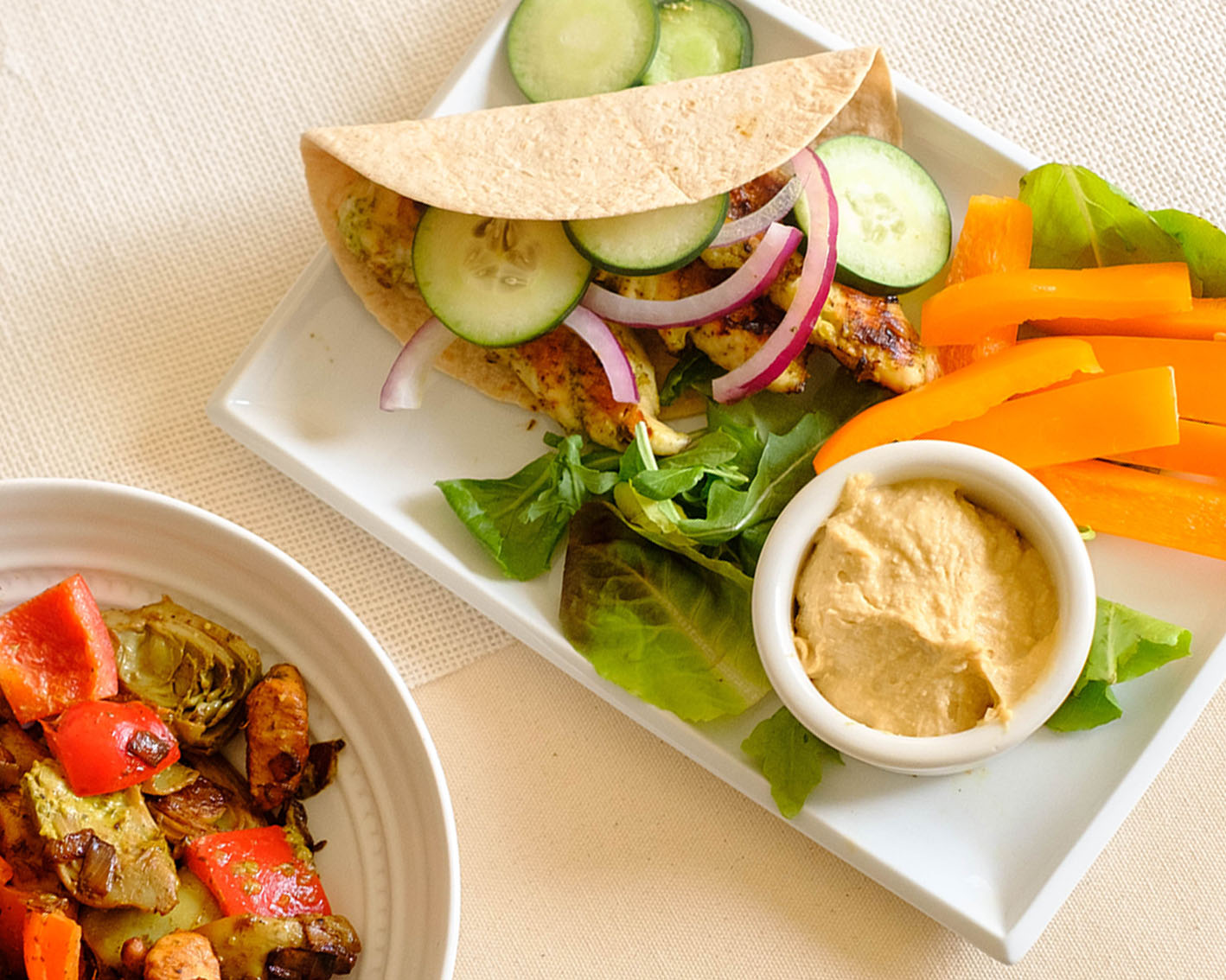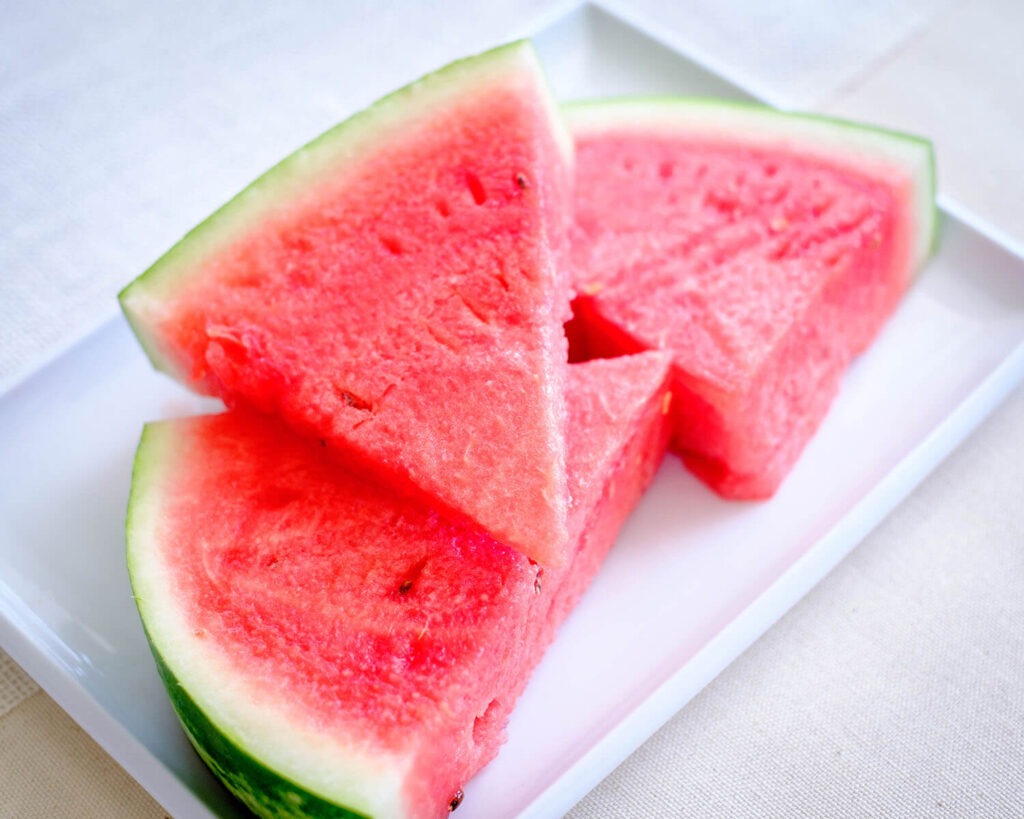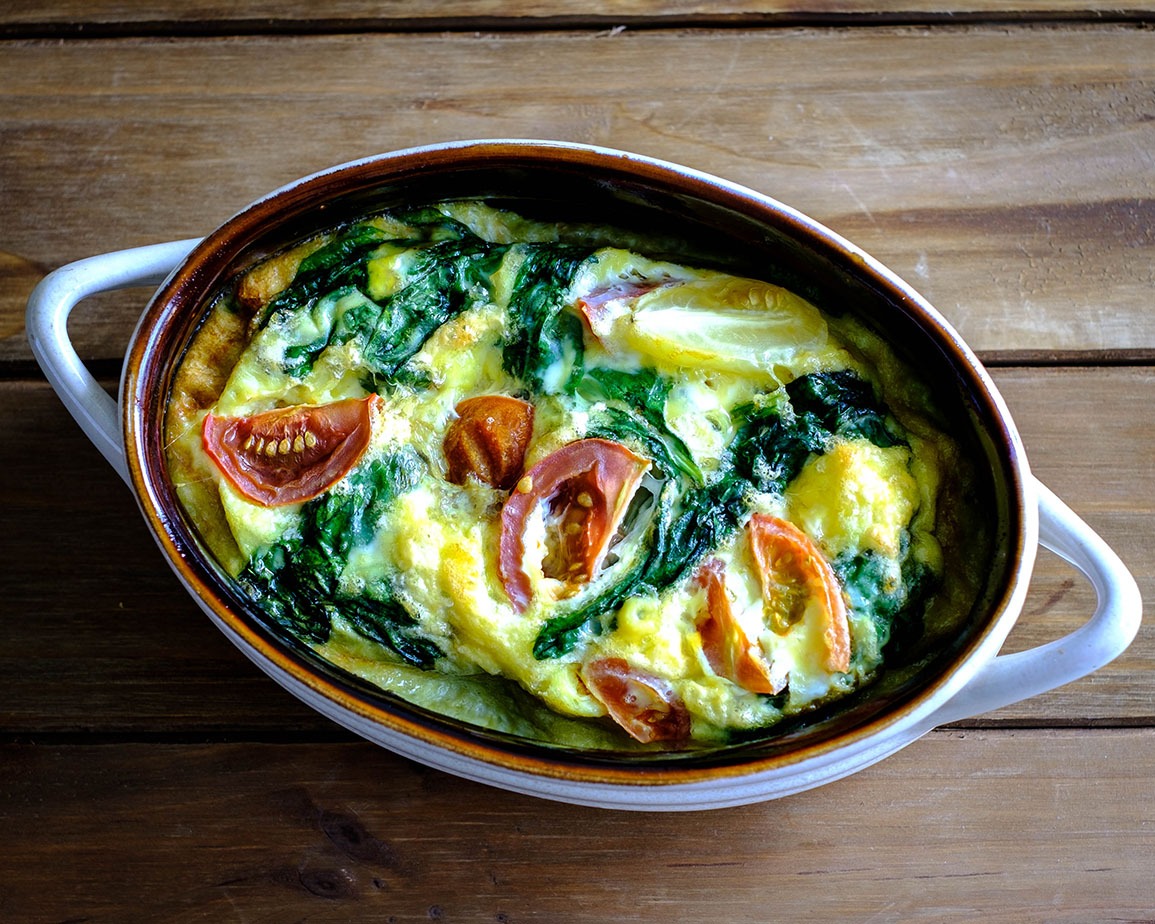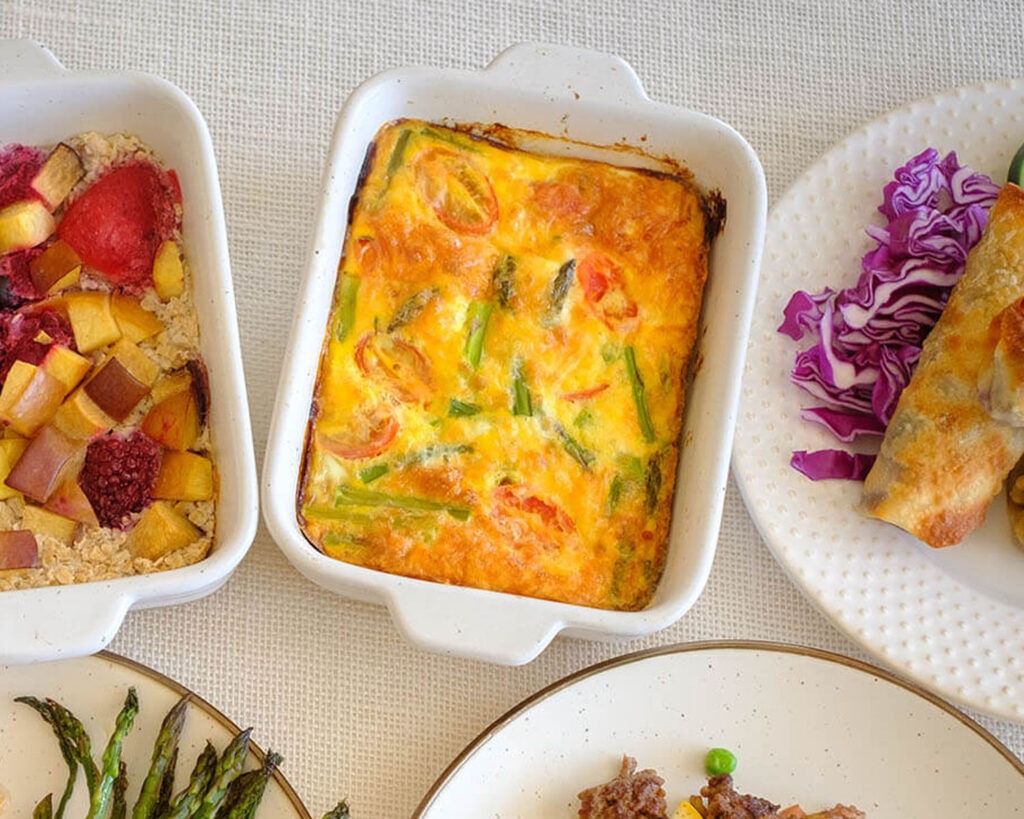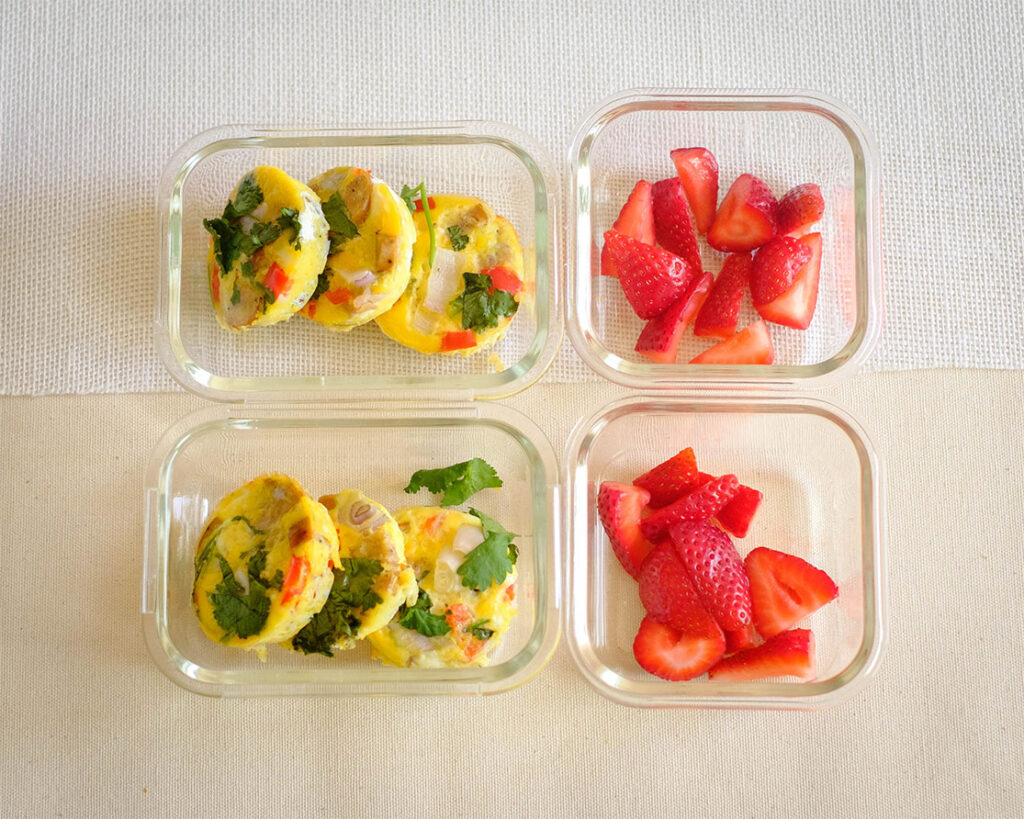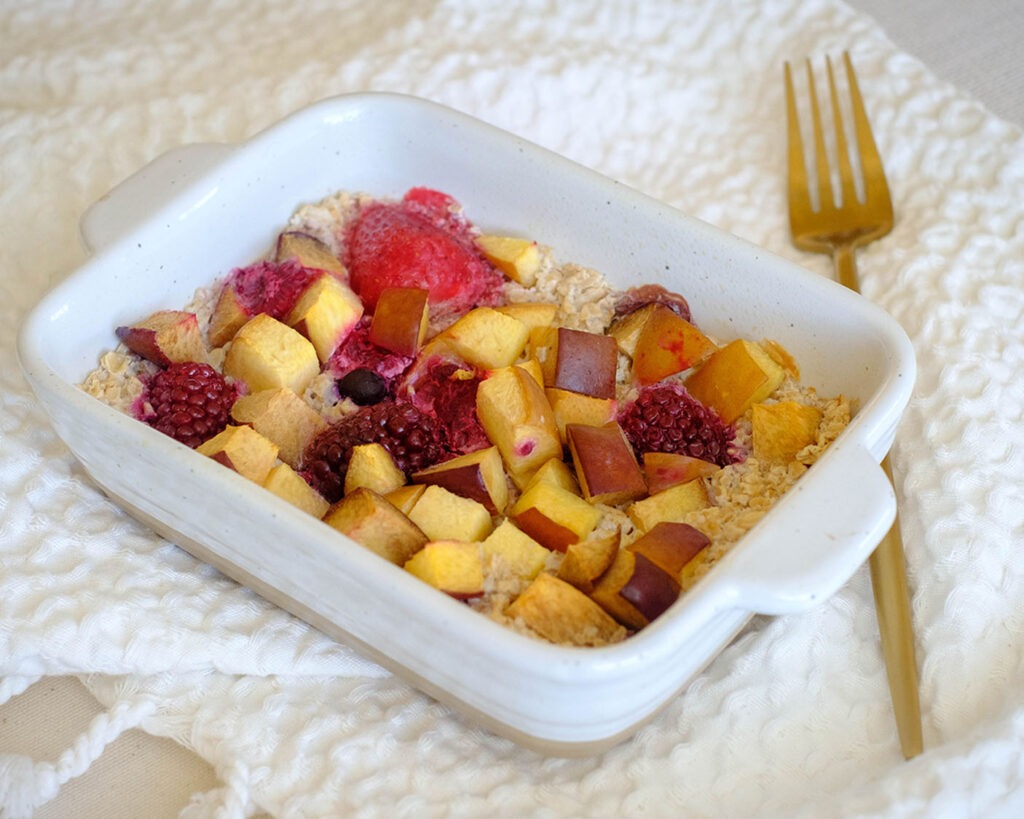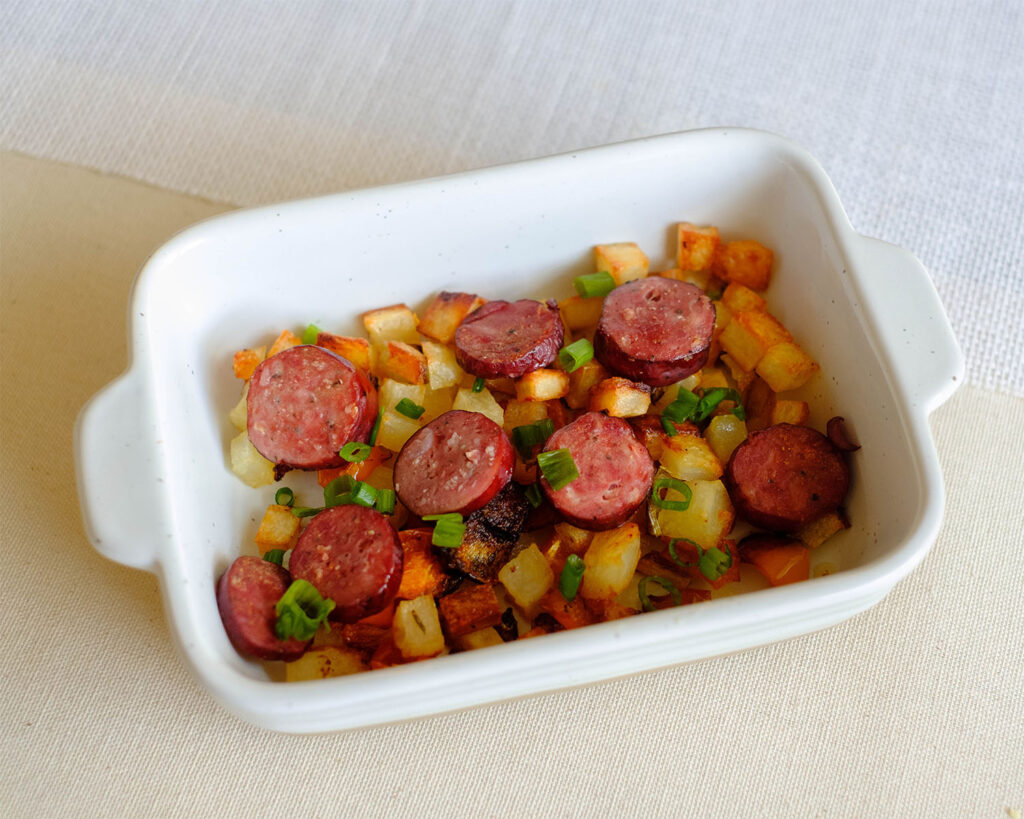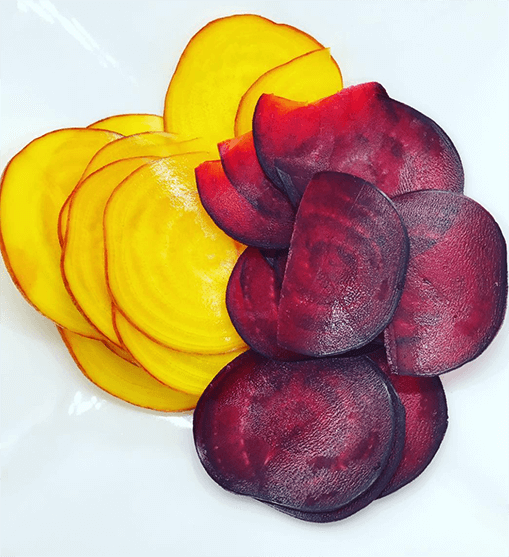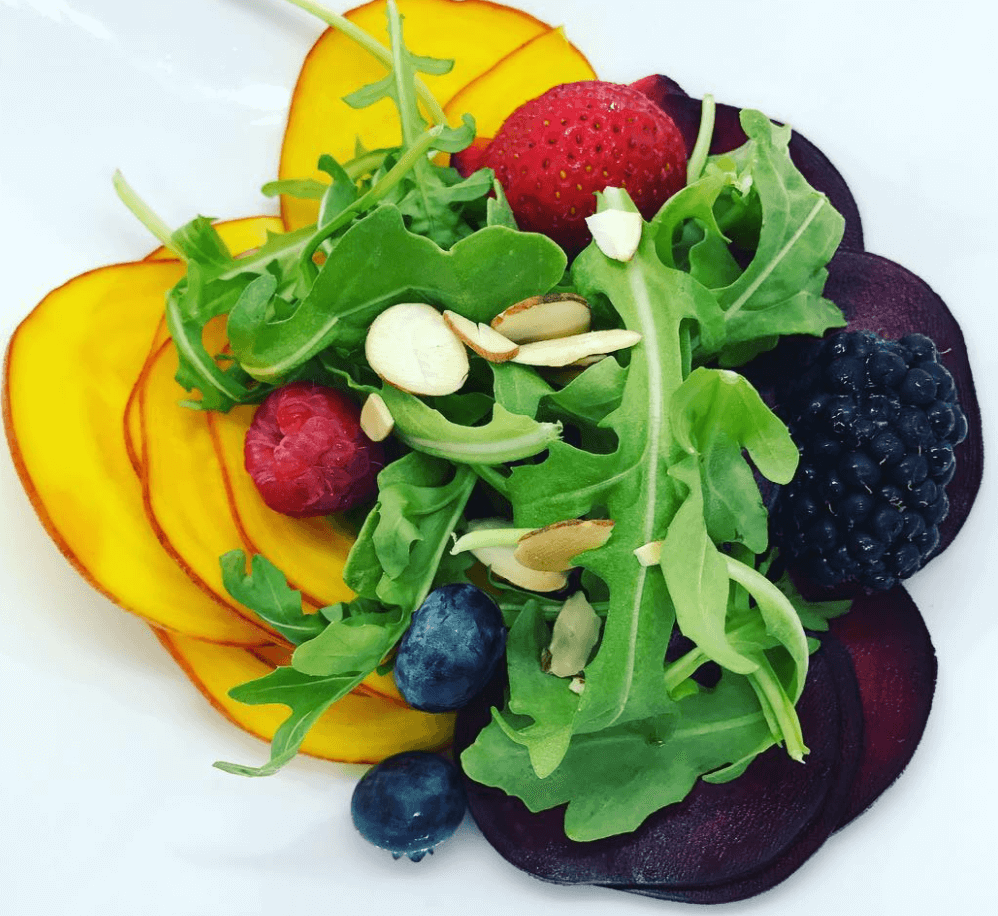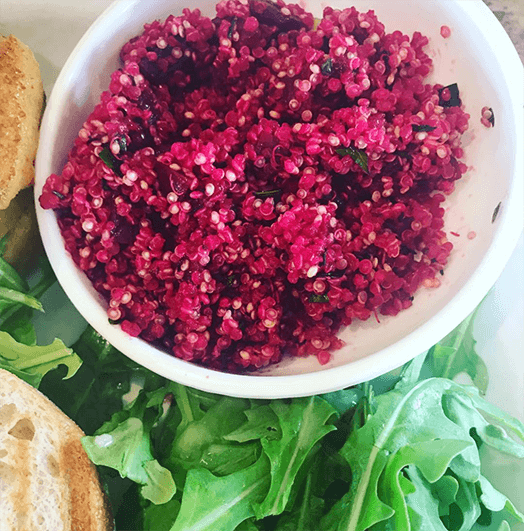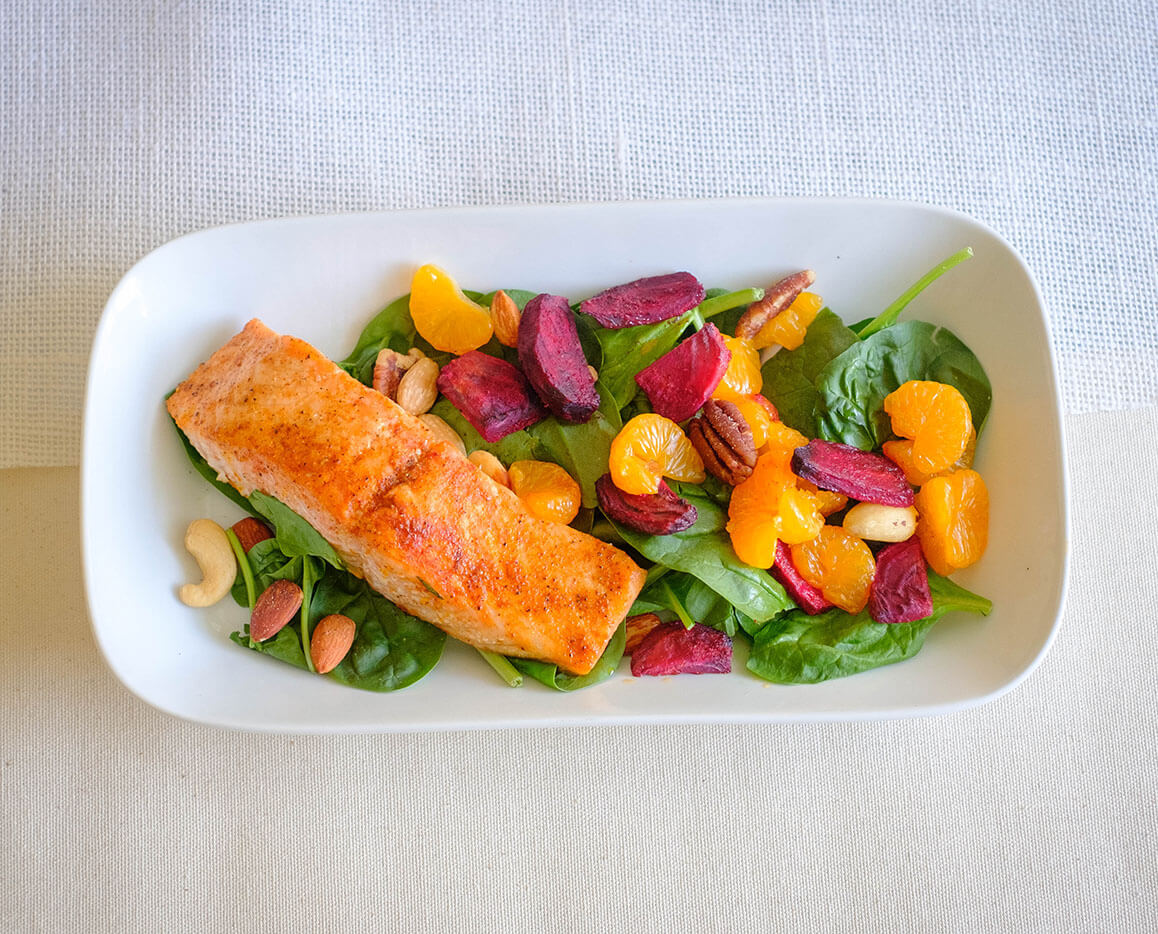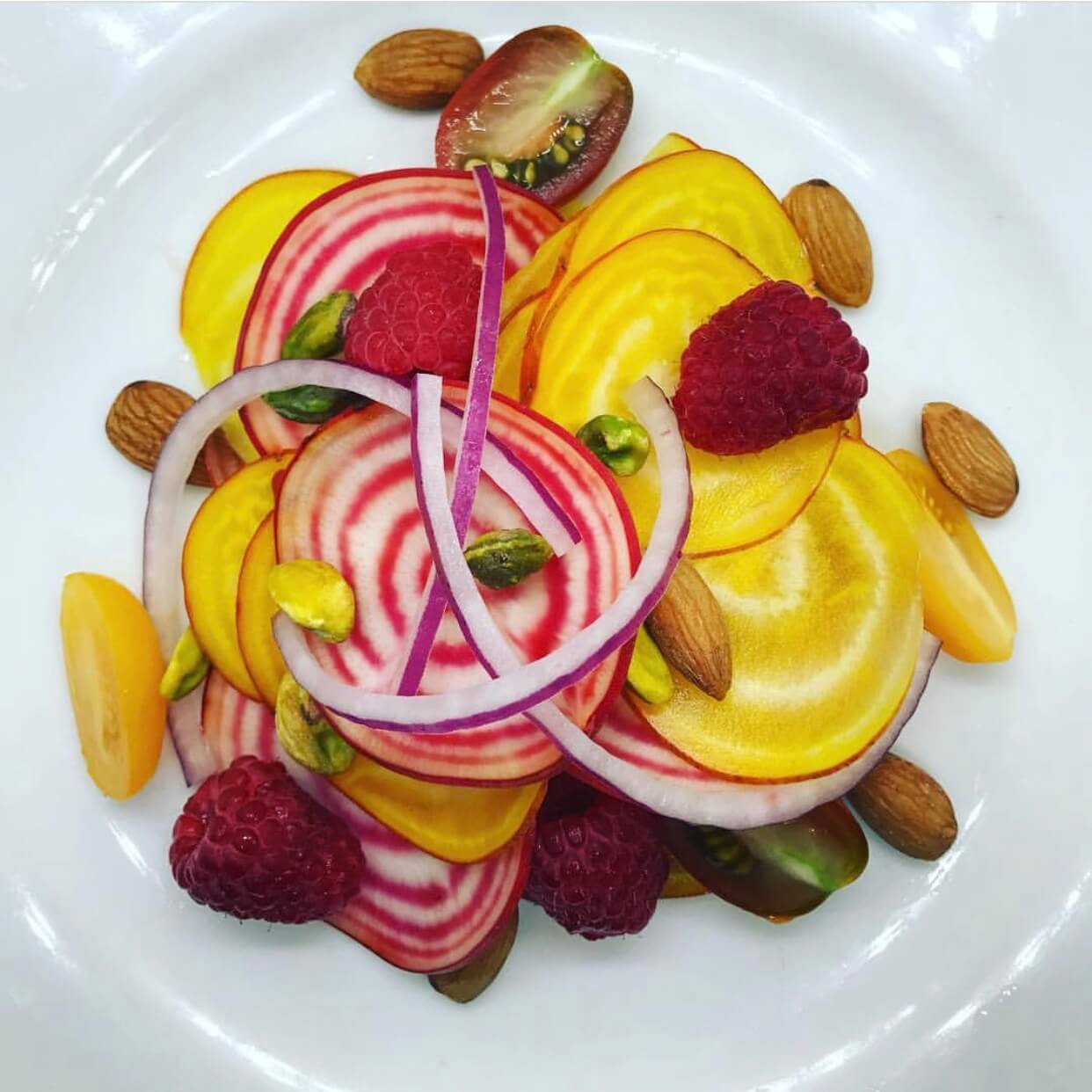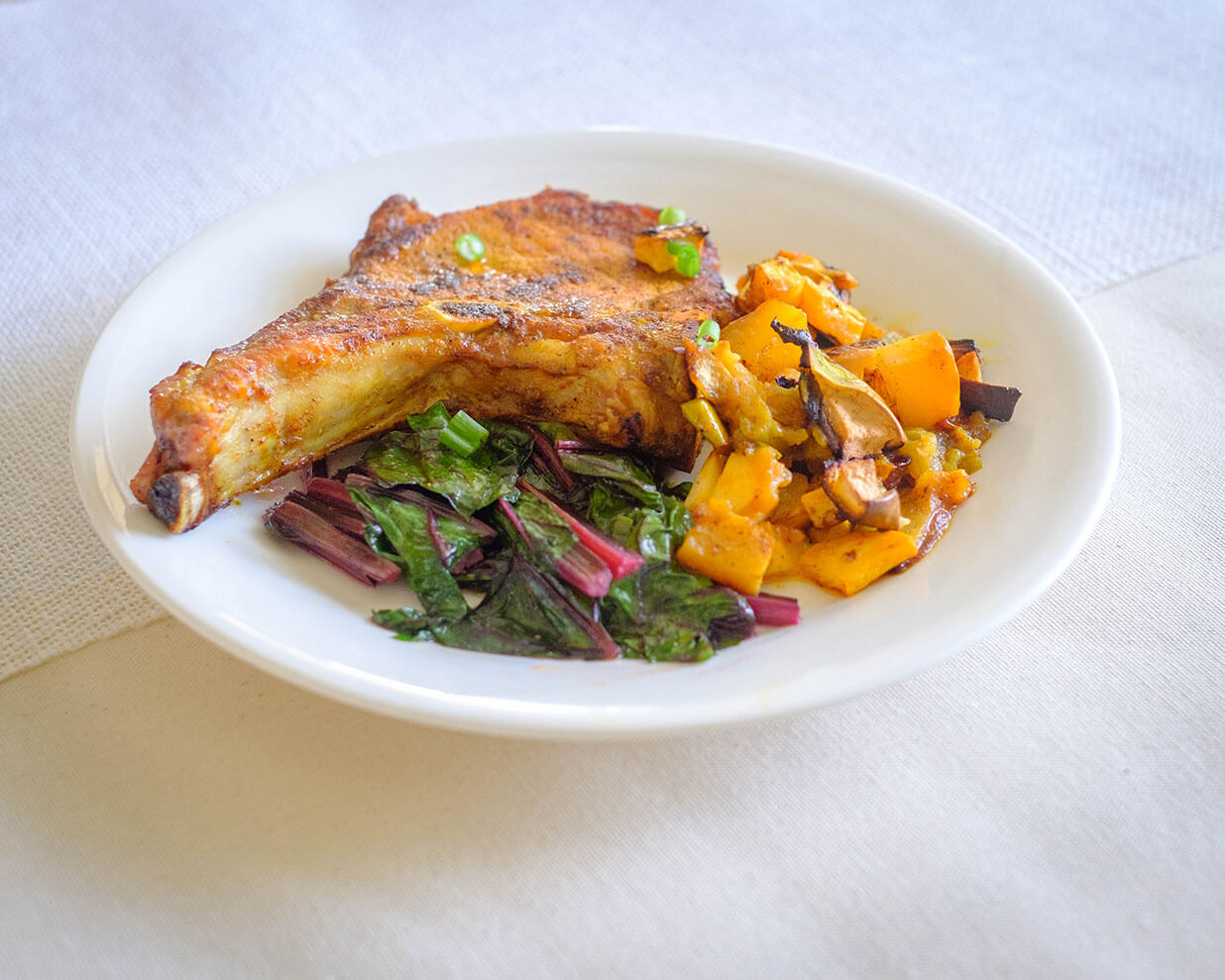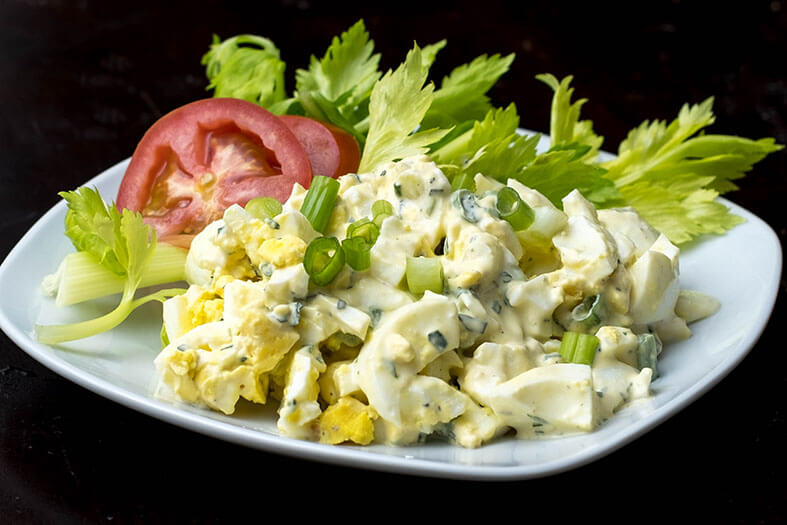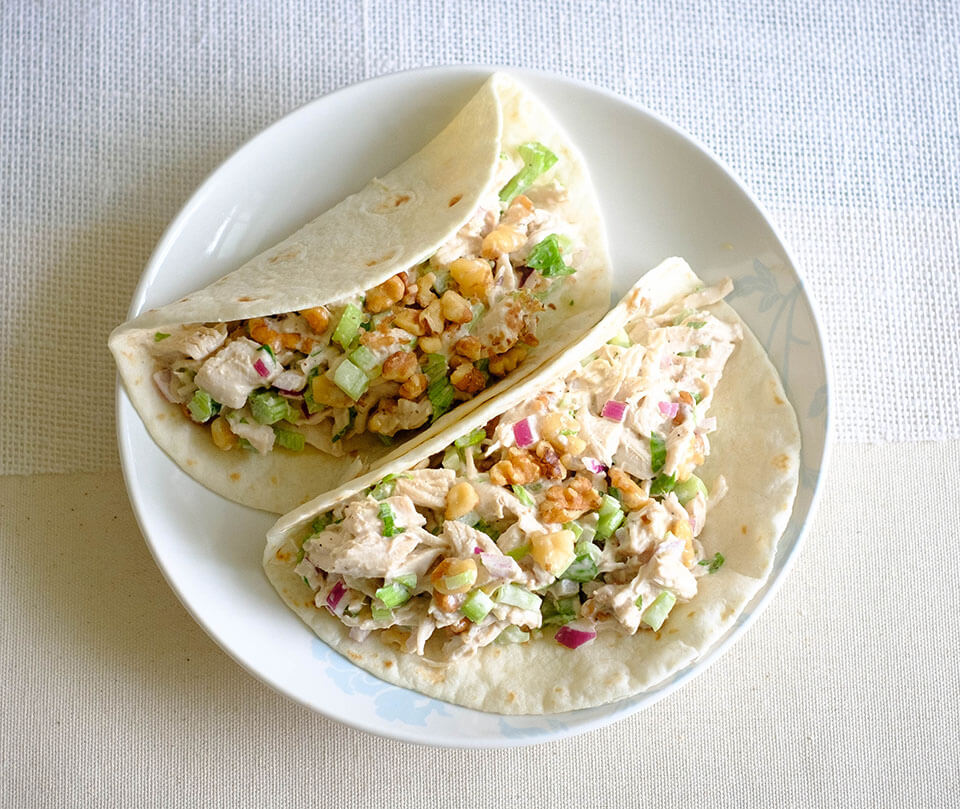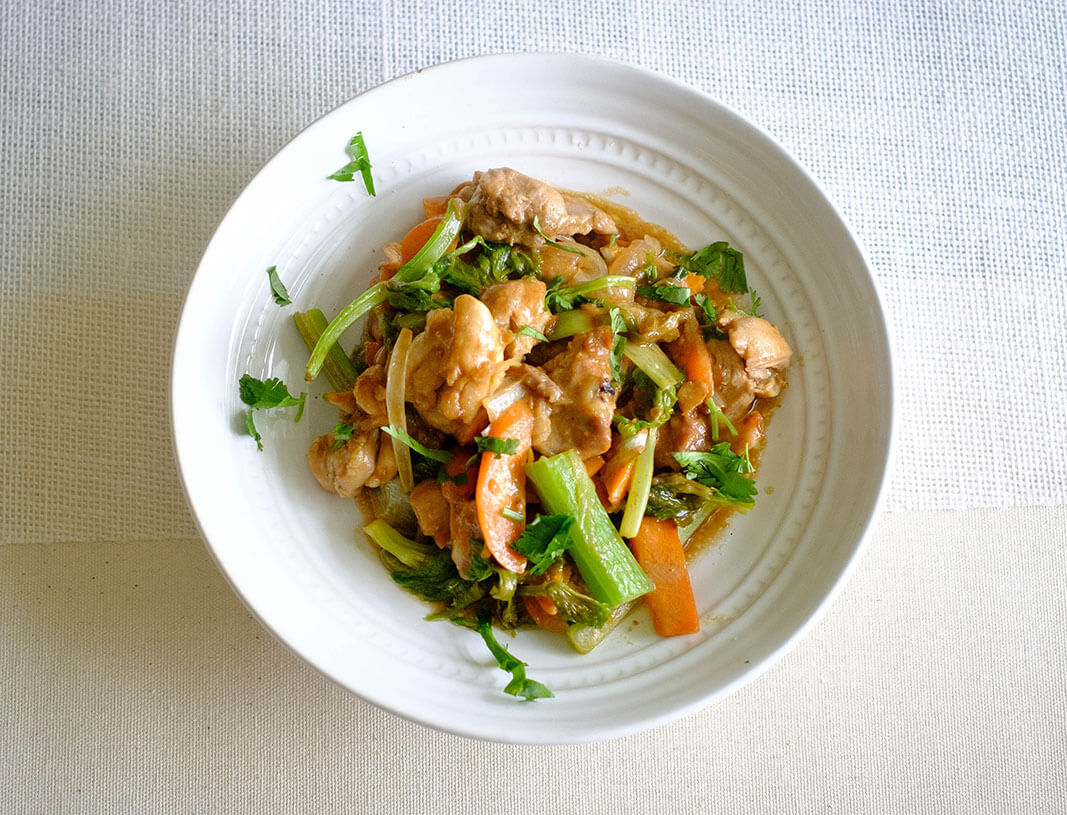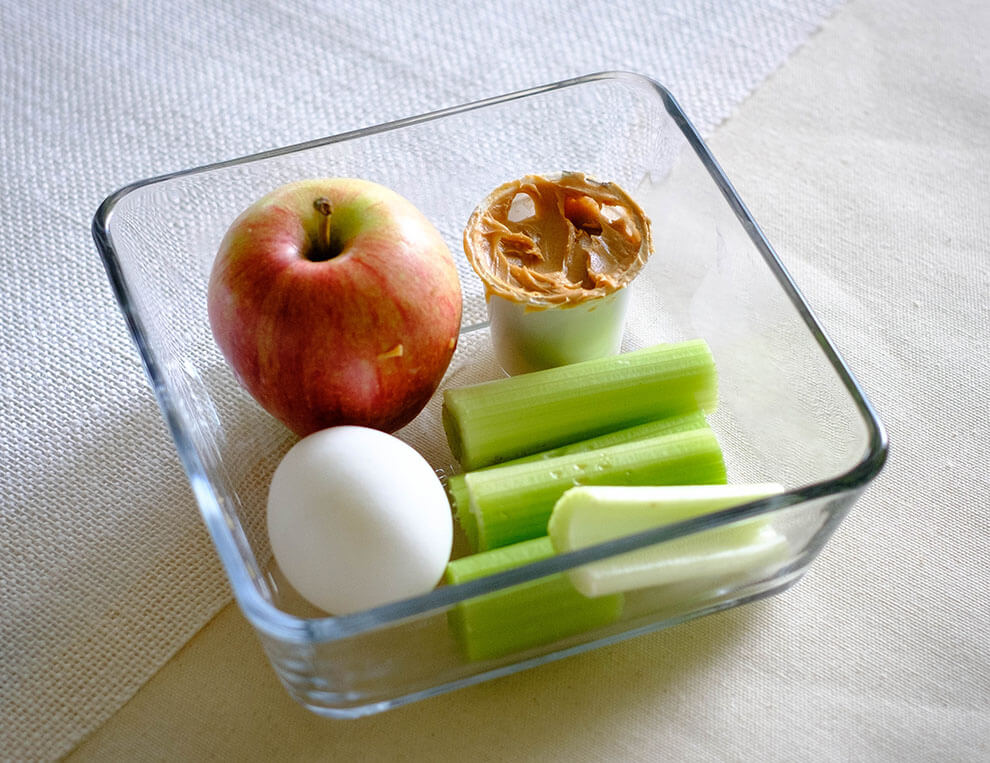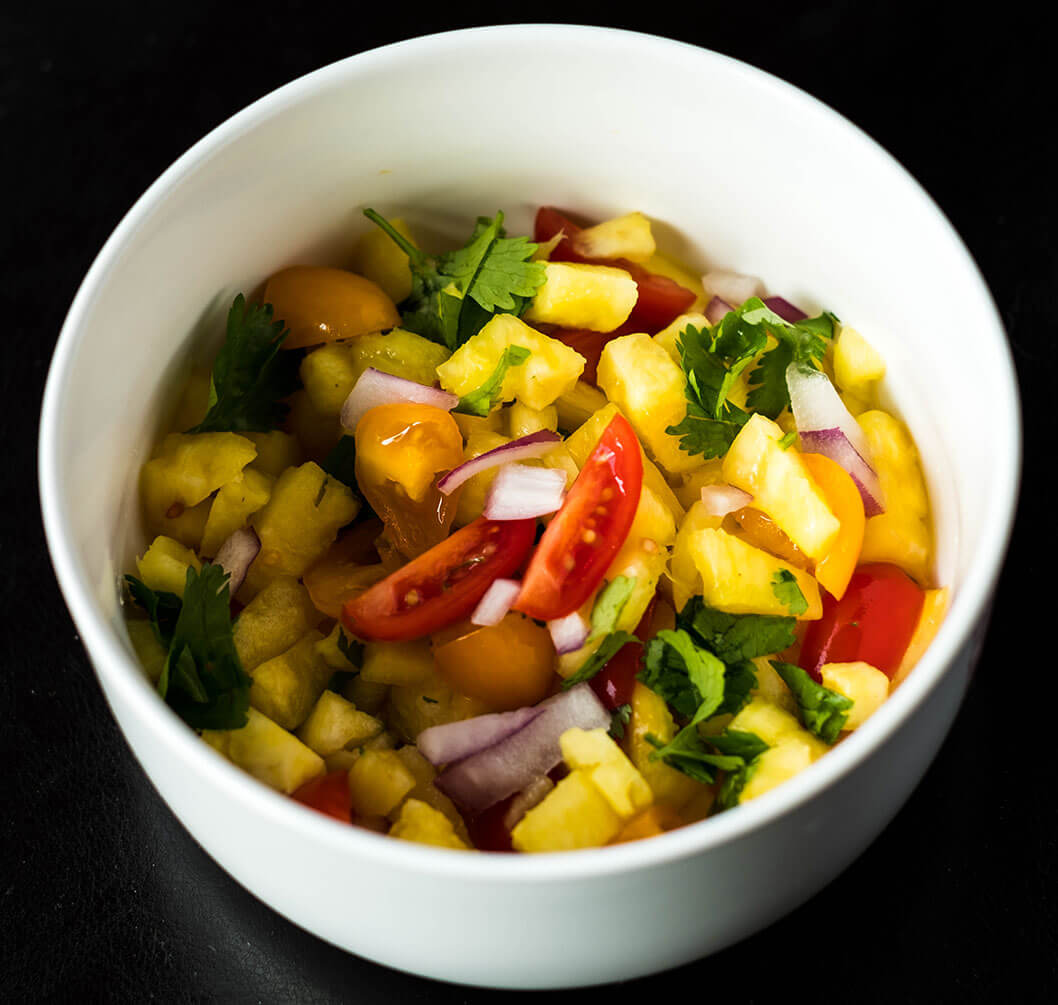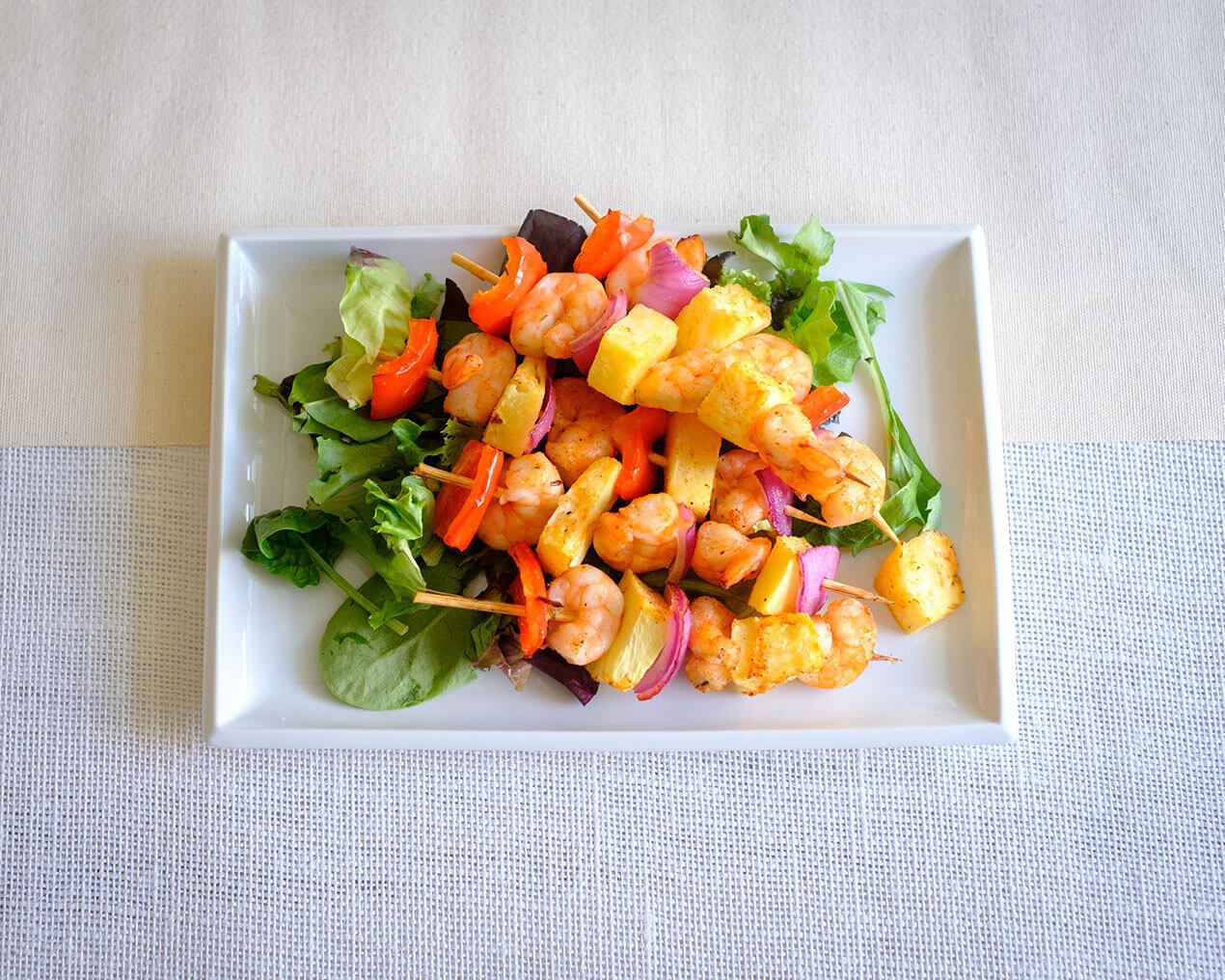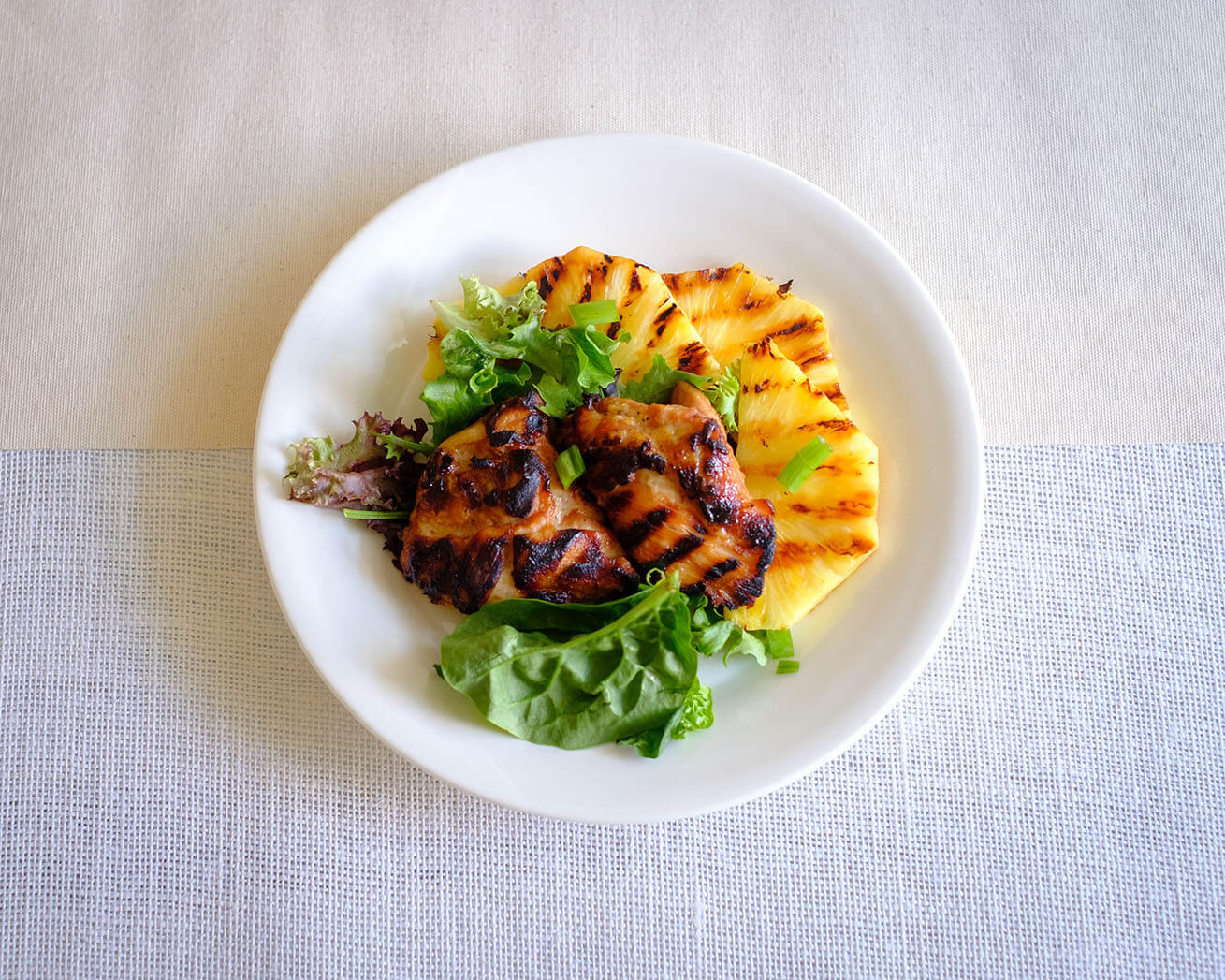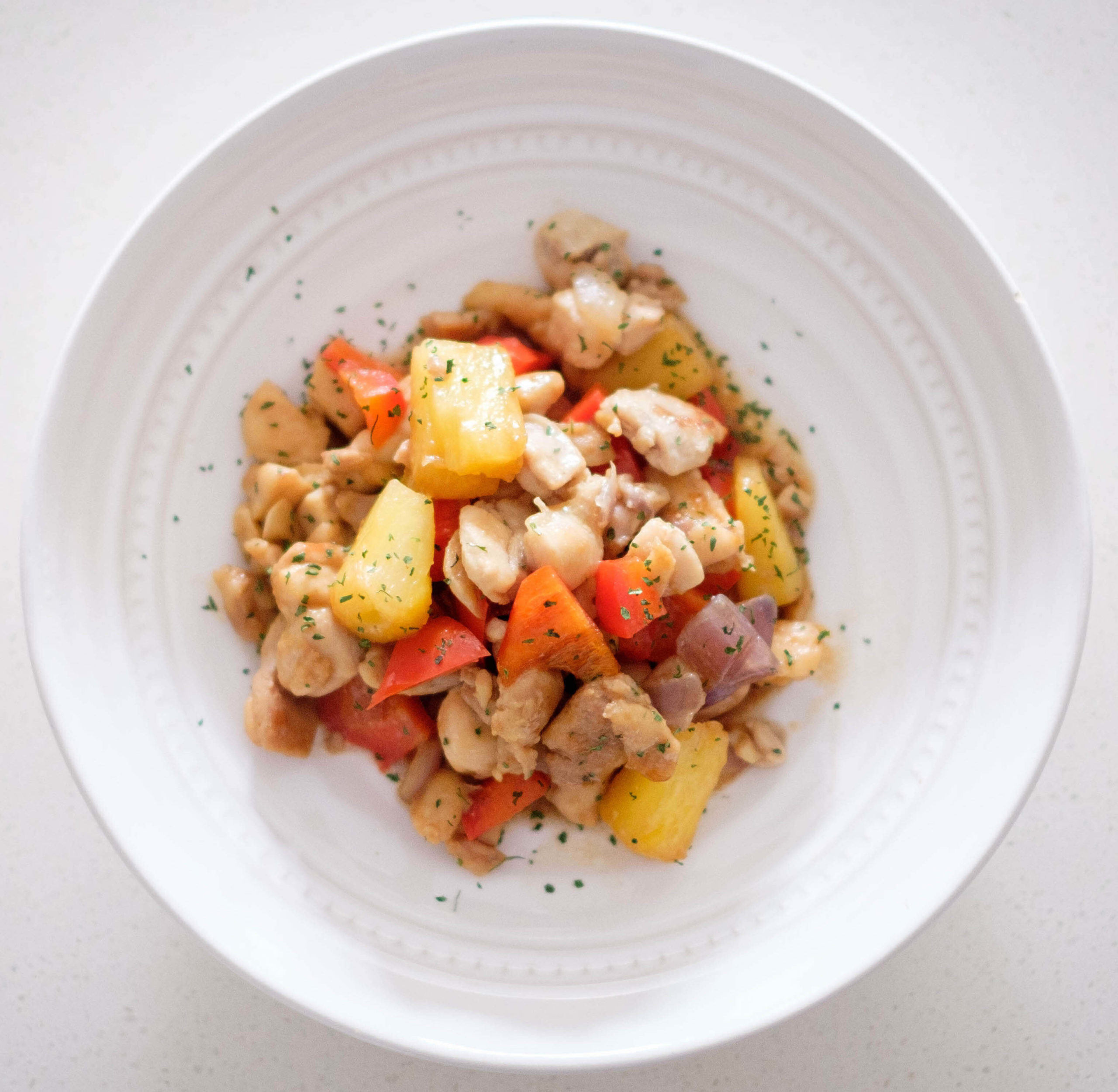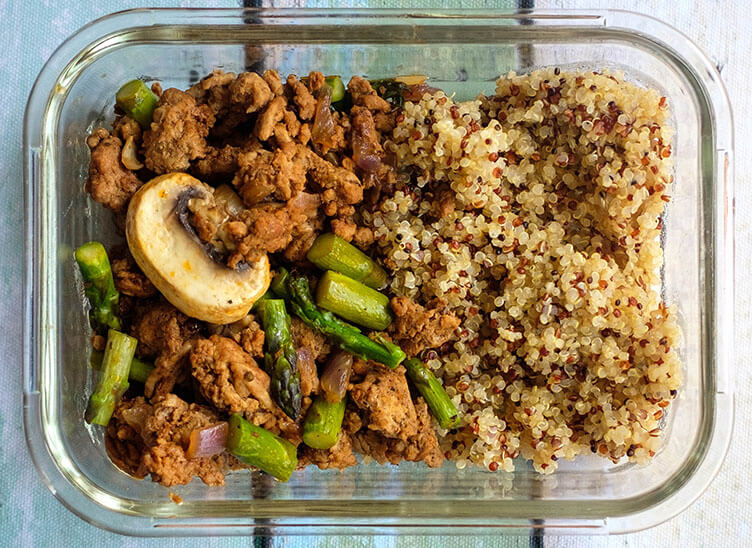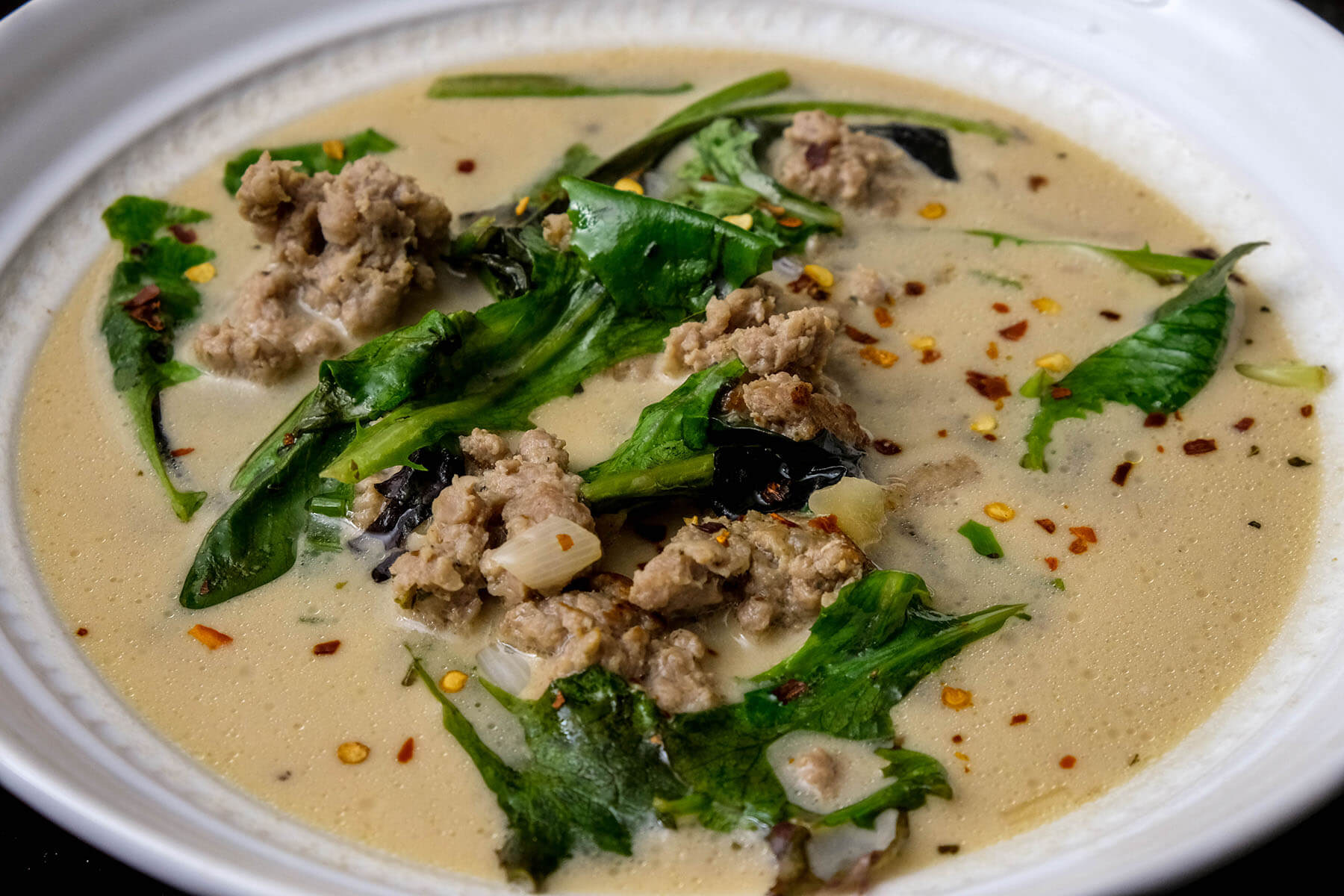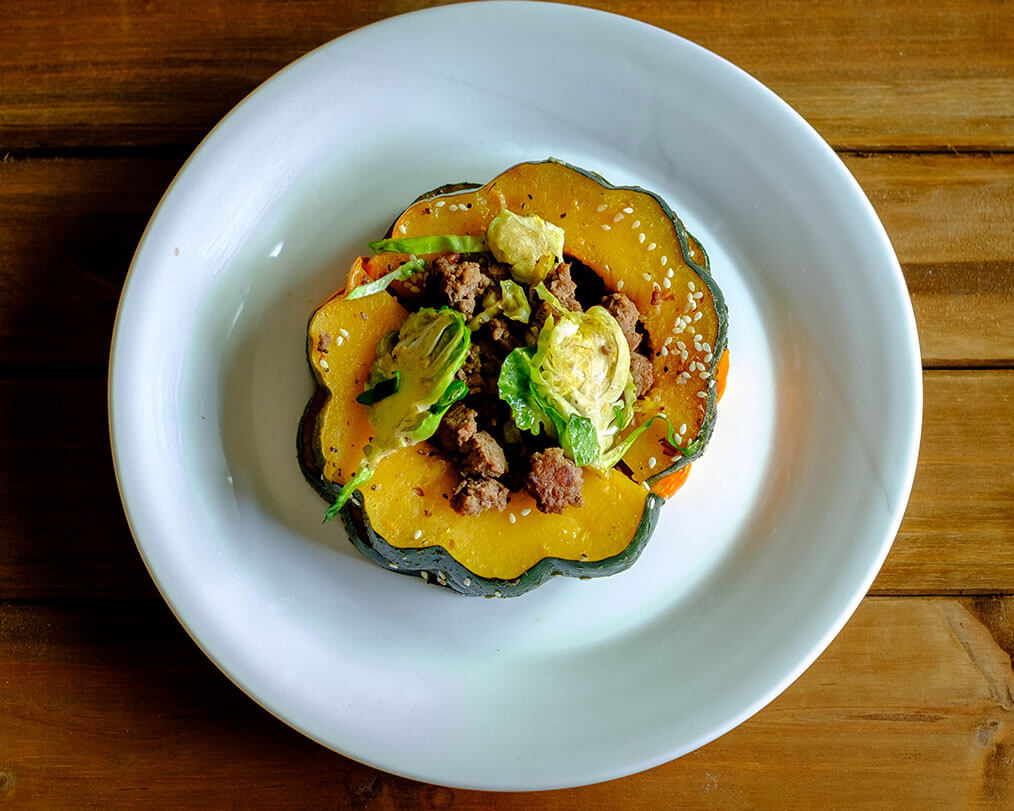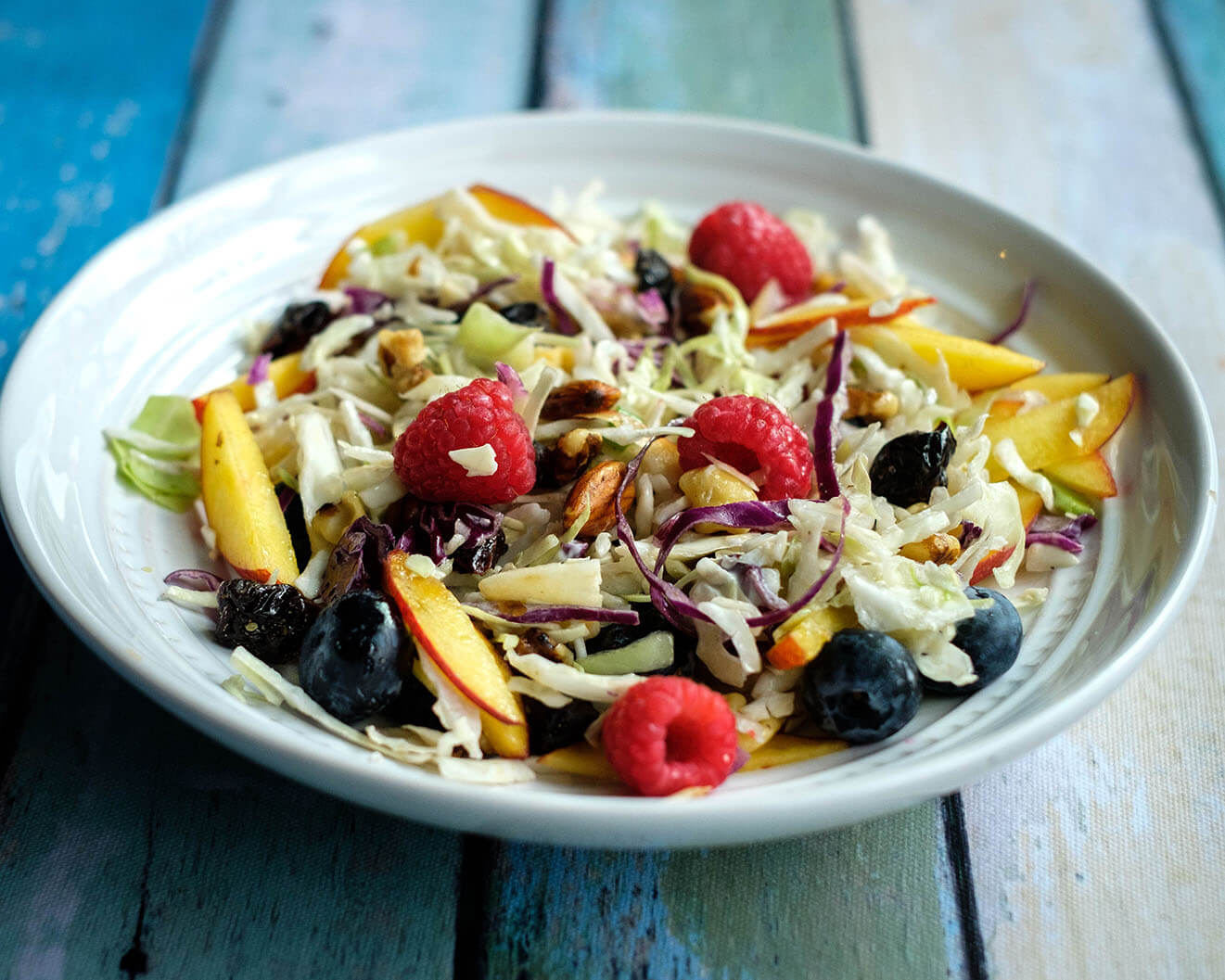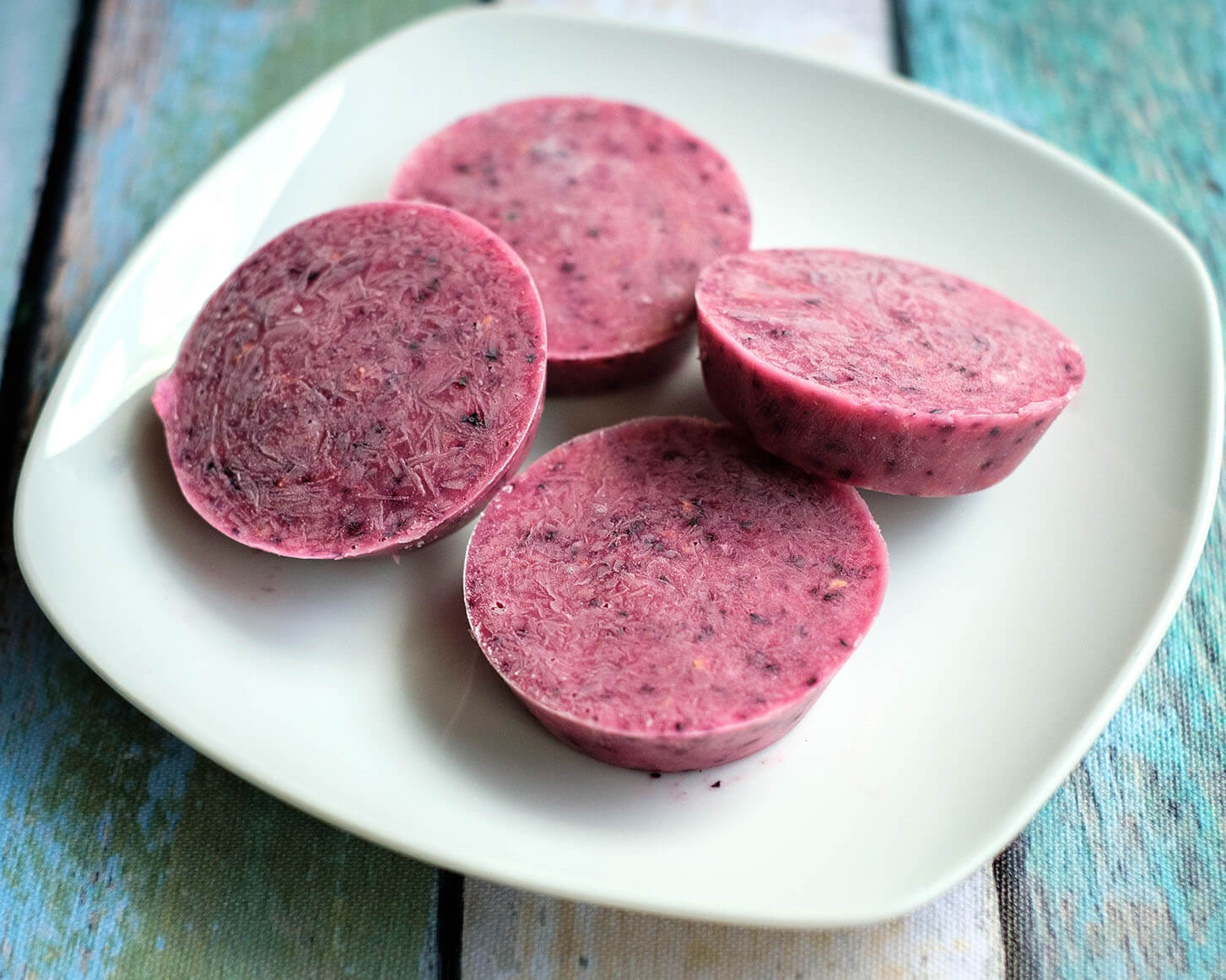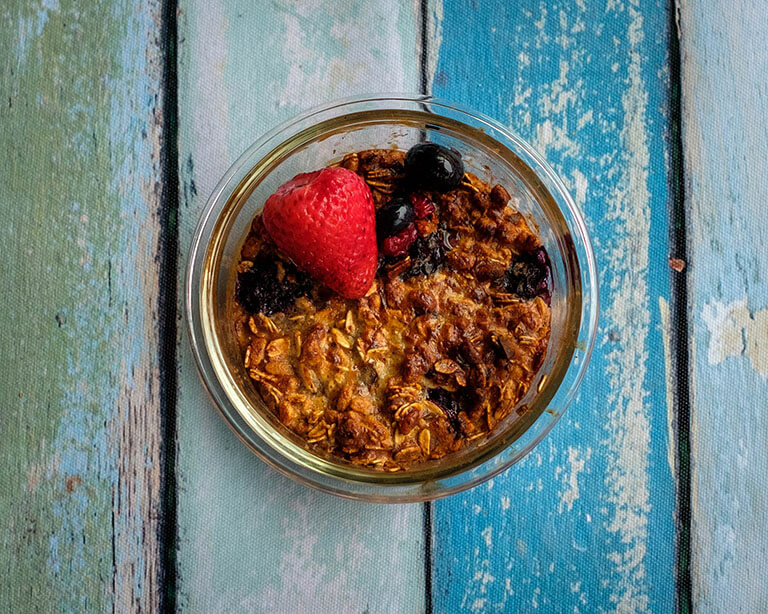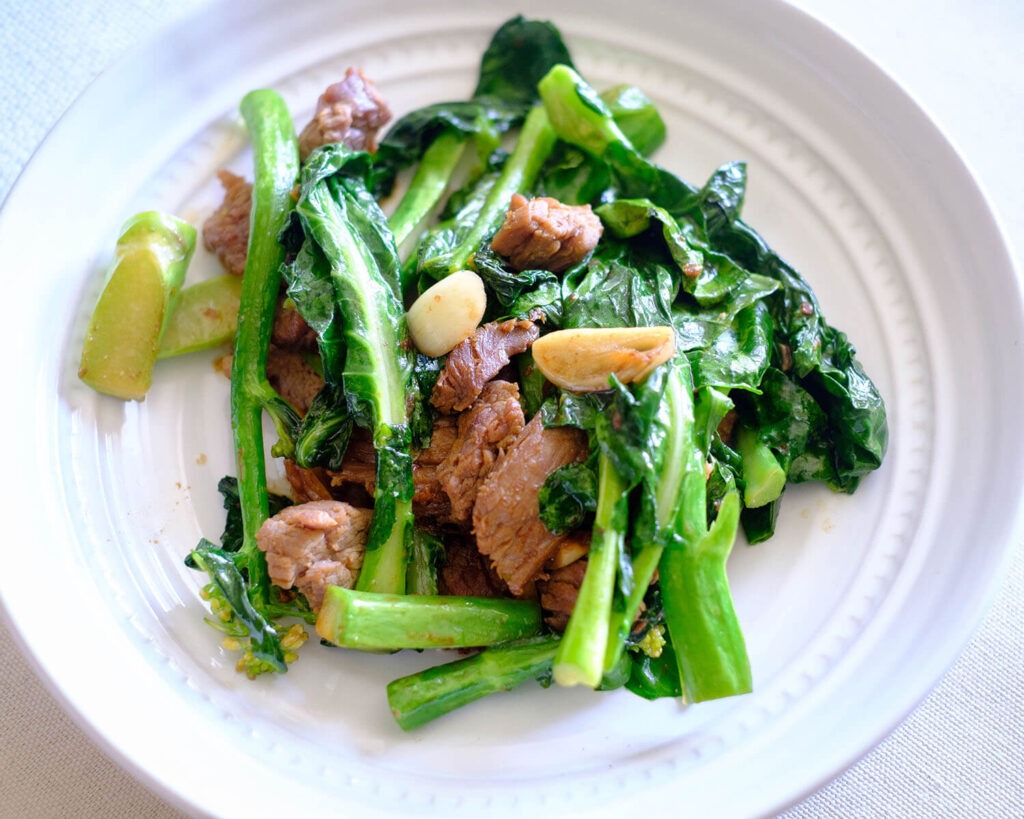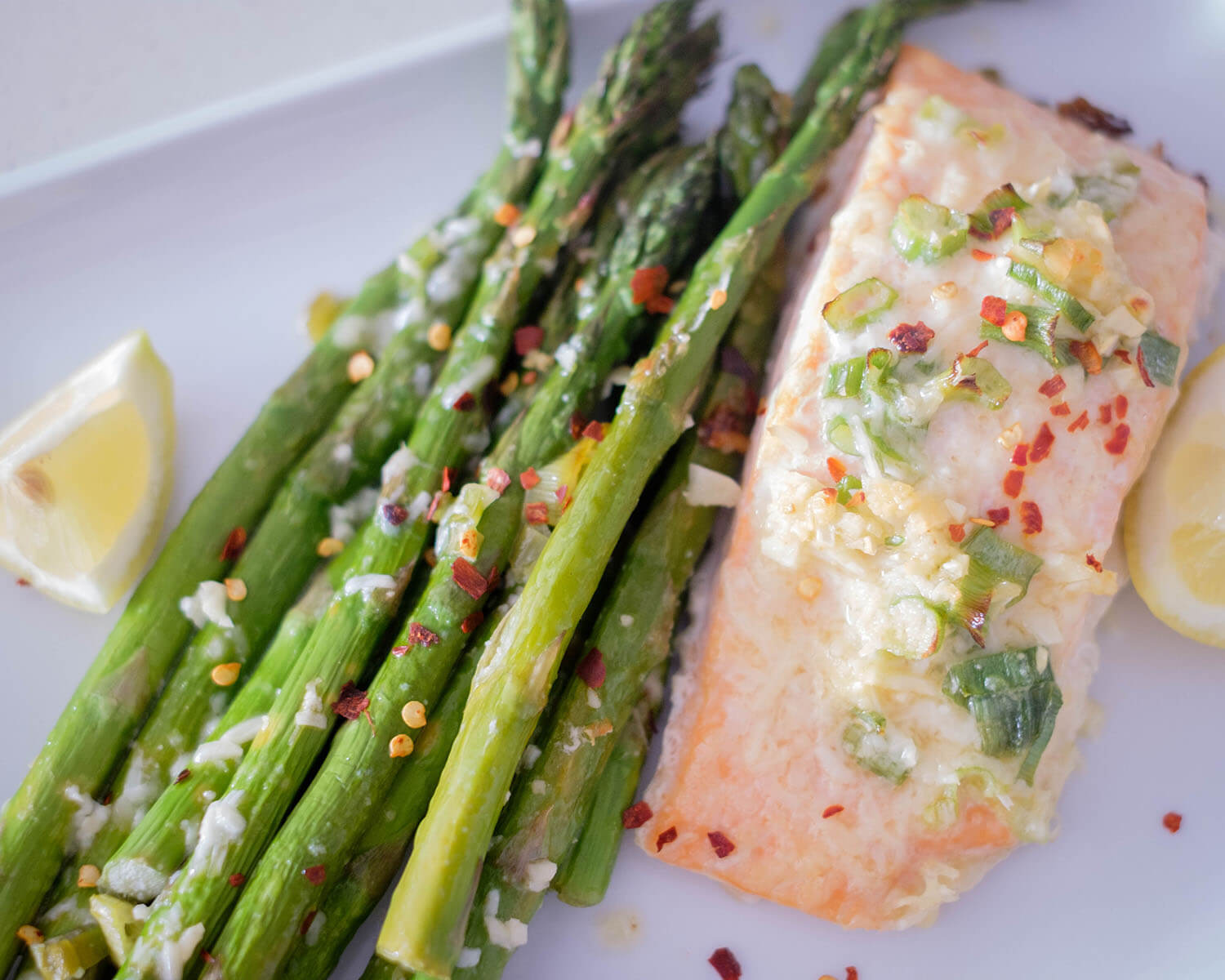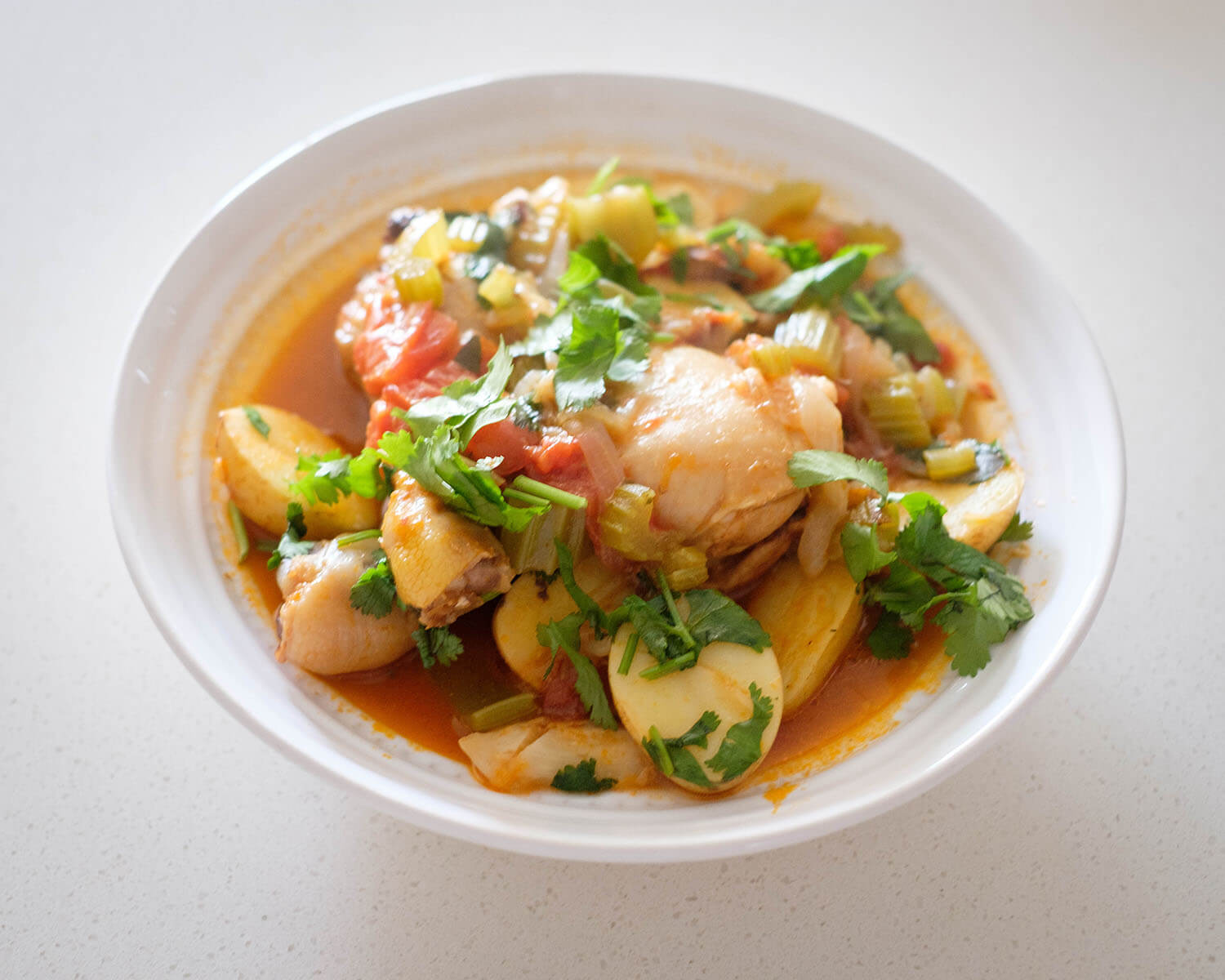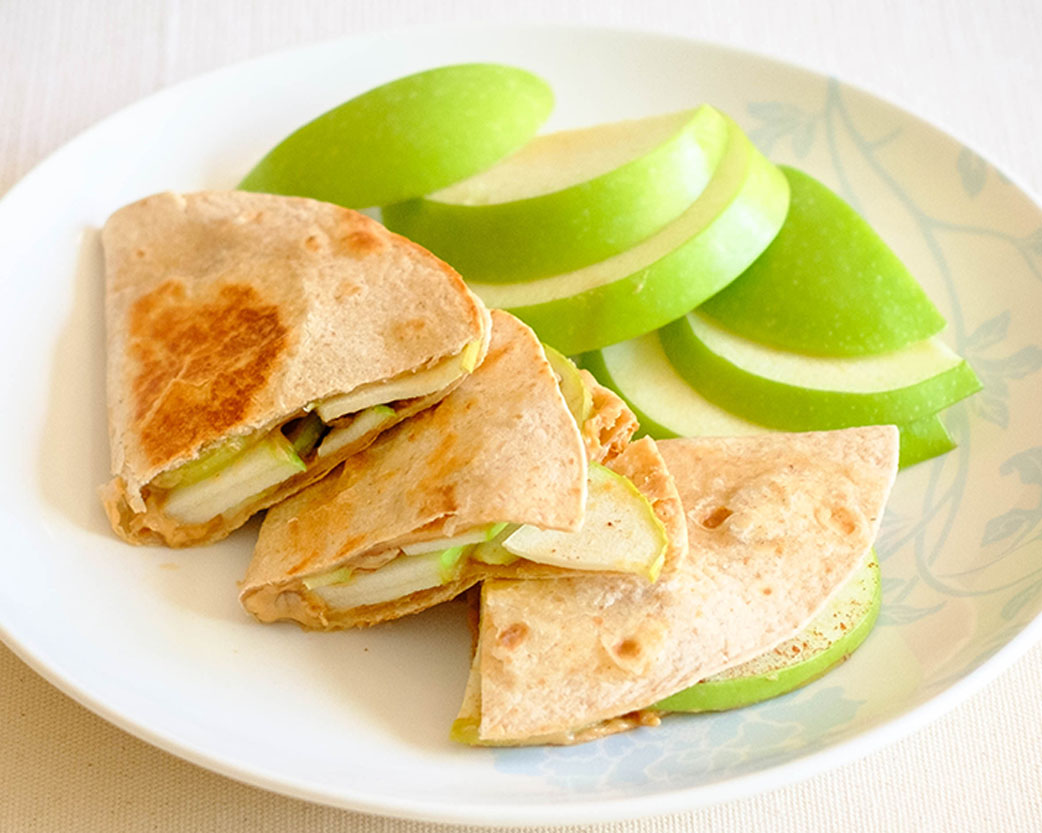
Meal prepping healthy snacks comes with a multitude of nutritional benefits, especially when it comes to fighting off those midday munchies. Incorporating meal prepping into your snack routine is a powerful strategy to stay on the healthy track, save time, and ensure you have nourishing options available whenever hunger strikes. It’s a small investment of time that pays off in significant health benefits.
Nutritional Benefits of Snacking
Snacking, when done mindfully and with nutritious choices, can offer various nutritional benefits that contribute to overall health and well-being. Here are some of the key nutritional advantages of incorporating healthy snacks into your daily routine:
- Balanced Energy Levels: Snacking between meals helps maintain a steady supply of energy throughout the day. Choosing snacks that combine complex carbohydrates, protein, and healthy fats can prevent energy dips and keep blood sugar levels stable.
- Improved Nutrient Intake: Well-planned snacks provide an opportunity to increase the intake of essential nutrients. Including a variety of fruits, vegetables, nuts, seeds, and whole grains in your snacks ensures a broader spectrum of vitamins, minerals, and antioxidants.
- Enhanced Metabolism: Eating smaller, frequent meals through snacking can help boost your metabolism. This can be beneficial for weight management by preventing overeating during main meals and promoting efficient calorie burning.
- Supports Weight Management: Healthy snacks can aid in weight management by preventing excessive hunger, which may lead to overeating during main meals. Choosing nutrient-dense snacks can help control overall calorie intake.
- Blood Sugar Control: Snacking on foods with a low glycemic index can help regulate blood sugar levels. This is particularly important for individuals with diabetes or those looking to prevent blood sugar spikes and crashes.
- Muscle Preservation and Repair: Protein-rich snacks contribute to muscle preservation and repair. Consuming snacks with a balanced mix of amino acids supports muscle health, especially for those engaged in physical activities or exercise.
- Digestive Health: Snacks that include fiber-rich foods, such as fruits, vegetables, and whole grains, promote digestive health. Fiber aids in maintaining regular bowel movements and supports a healthy gut microbiome.
Benefits of Meal Prepping Snacks
Here are some compelling reasons why incorporating snack meal prep into your routine is a game-changer:
- Healthy Choices at Arm’s Reach: By preparing snacks in advance, you ensure that you have healthy options readily available. This reduces the temptation to reach for less nutritious, convenient snacks like chips or candy when hunger strikes.
- Portion Control: Meal prepping allows you to control portion sizes, preventing overeating. Pre-packaged snacks in appropriate serving sizes help you maintain a balanced intake of calories, fats, proteins, and carbohydrates.
- Save Time and Reduce Stress: Busy schedules often lead to reaching for whatever is quickest and most convenient. With pre-prepared snacks, you save time during your hectic workdays and reduce stress associated with last-minute snack decisions.
- Cost-Effective: Buying snacks in bulk and preparing them at home is typically more cost-effective than purchasing pre-packaged snacks. You can buy ingredients in larger quantities, reducing overall costs and ensuring a steady supply of snacks throughout the week.
- Mindful Eating Habits: Planning and preparing snacks in advance encourage mindful eating. You become more intentional about your food choices, savoring each bite and paying attention to your body’s hunger and fullness cues.
- Avoid Unhealthy Impulse Snacking: When hunger strikes unexpectedly, having pre-prepared snacks on hand prevents impulsive and potentially unhealthy food choices. It gives you the satisfaction of a quick and tasty snack without compromising your health goals.
- Consistency in Healthy Eating Habits: Consistency is key when it comes to maintaining a healthy diet. Snack meal prep helps you establish a routine, making it easier to stick to your nutritional goals and avoid the ups and downs of erratic eating patterns.
Snack Meal Prep Ideas
Let’s explore some easy, budget-friendly, and delicious snack ideas that will keep you on the healthy track.
- Power-Packed Protein Bites: Protein is your ally when it comes to staying full and energized. Prepare a batch of protein bites using ingredients like oats, peanut butter, and honey. These little bites are not only delicious but also easy to grab on the go.
- Veggie Sticks and Hummus: Keep things crunchy and satisfying with a combo of colorful veggie sticks and hummus. Carrots, cucumber, and bell peppers are excellent choices. Portion out your hummus into small containers for easy dipping.
- Greek Yogurt Parfaits: Greek yogurt is a protein powerhouse. Create yogurt parfaits by layering yogurt with fresh fruits and a sprinkle of granola. This snack is not only tasty but also offers a mix of textures and flavors.
- Trail Mix: A homemade trail mix is a versatile and customizable snack. Mix nuts, seeds, dried fruits, and a touch of dark chocolate for a delightful blend that satisfies both your sweet and savory cravings.
- Granola and Nut Mix: Create a customized trail mix by combining granola with your favorite nuts and seeds. Add dried fruits like cranberries or apricots for a sweet and chewy element.
- Whole Grain Crackers and Cheese: Choose whole-grain crackers for a fiber boost and pair them with your favorite cheese. This classic combo is both filling and provides a good balance of carbohydrates and protein.
- Energy-Boosting Smoothies: Blend up a batch of energy-boosting smoothies with your favorite fruits, greens, and a scoop of protein powder. Pour them into individual containers for a refreshing pick-me-up during your workday.
- Hydration Station: Don’t forget the importance of staying hydrated. Infuse your water with slices of fruits or herbs for a refreshing twist. Proper hydration can also help curb unnecessary snacking.
Need Healthy Snack Meal Prep Ideas?
Here are some simple snack meal prep ideas that are budget-friendly and perfect for on the go.
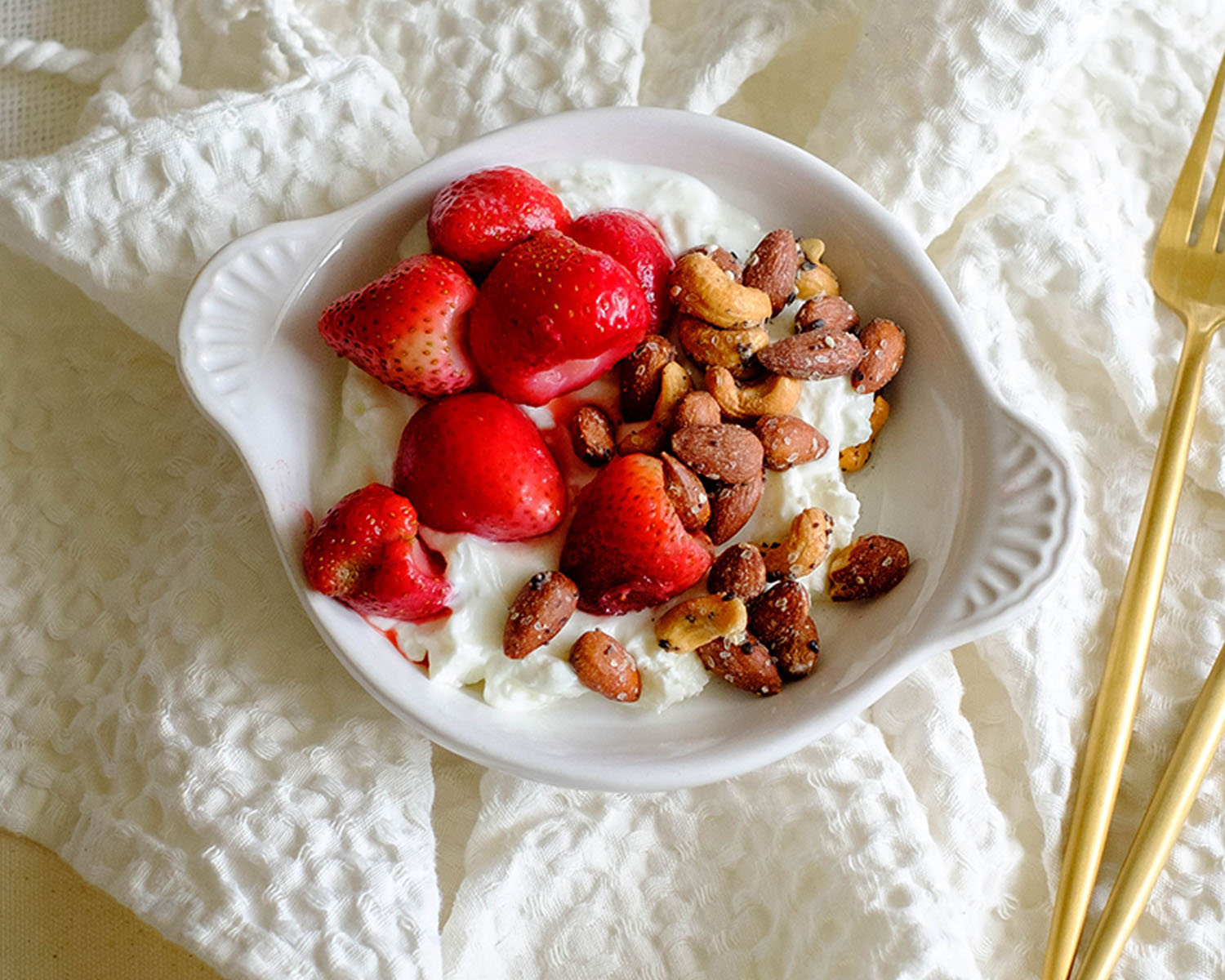
Yogurt with Mixed Nuts and Fruit
Meal prep our Healthy Yogurt Bowl with Strawberries and Mixed Nuts!
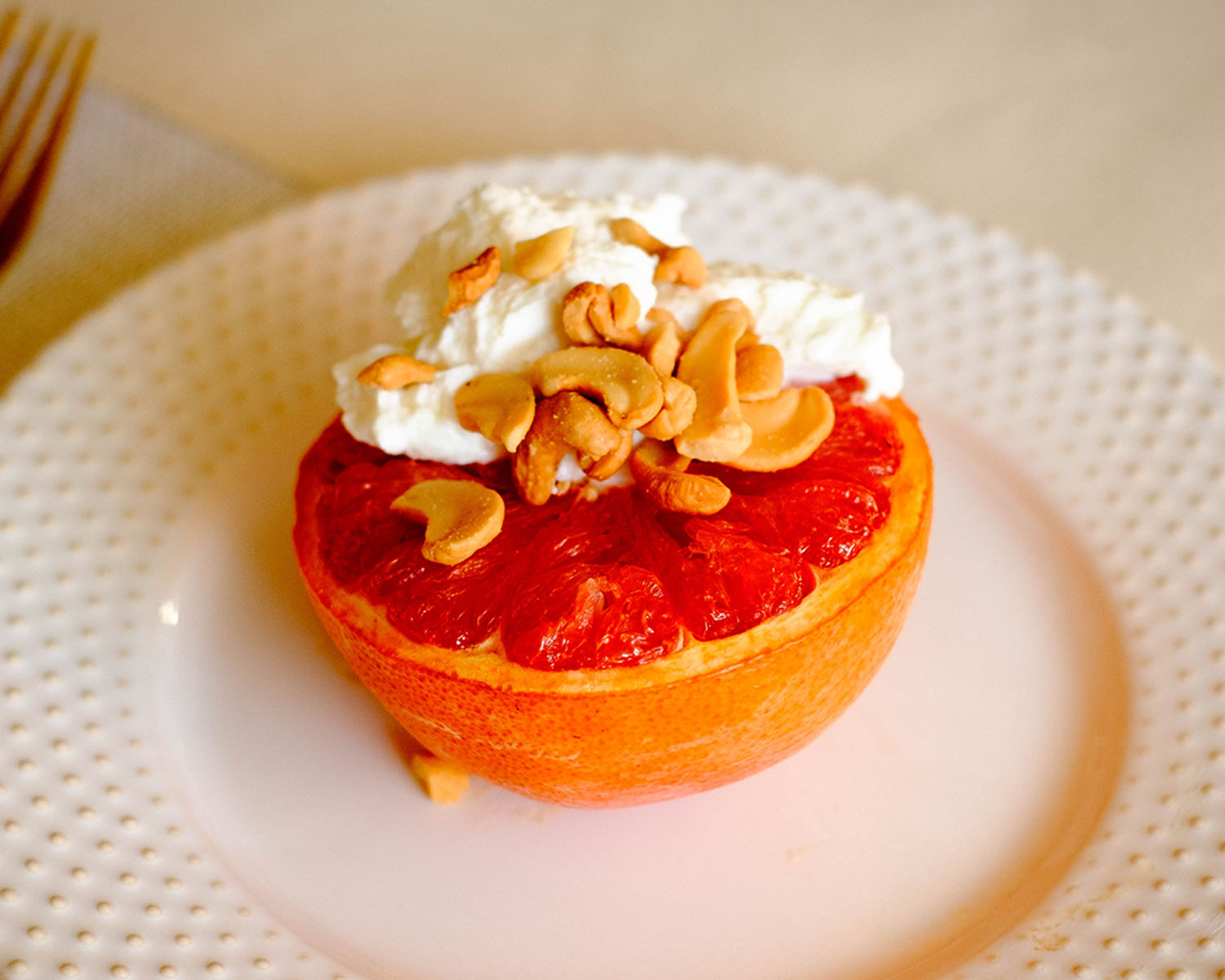
Air Fryer Grapefruit
This delightful creation combines the sweet and zesty goodness of grapefruit with the rich touch of honey, crunchy cashews, and your favorite yogurt.
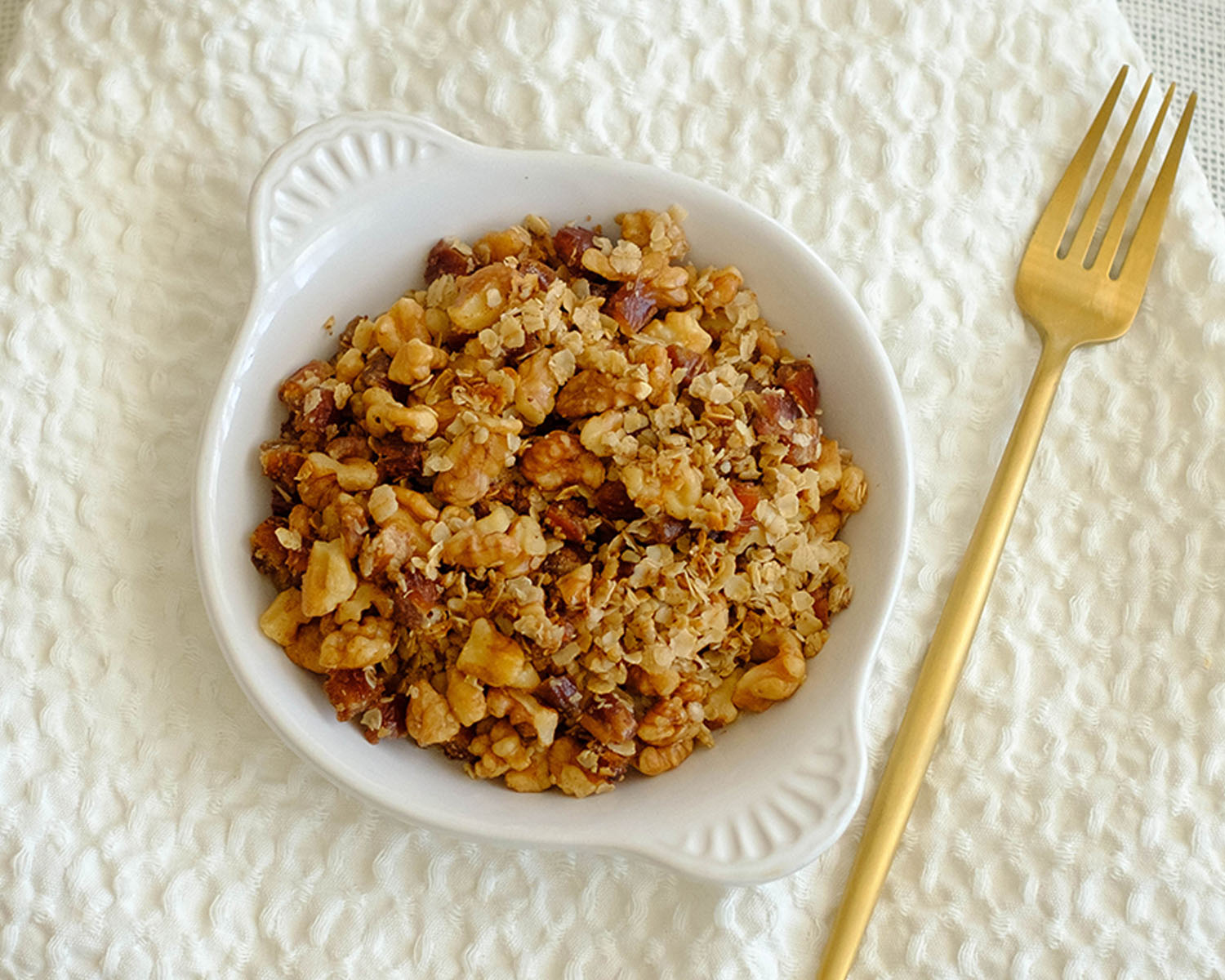
Date & Walnut Granola
Energize Your Day with a healthy dose of Homemade Date and Walnut Granola!
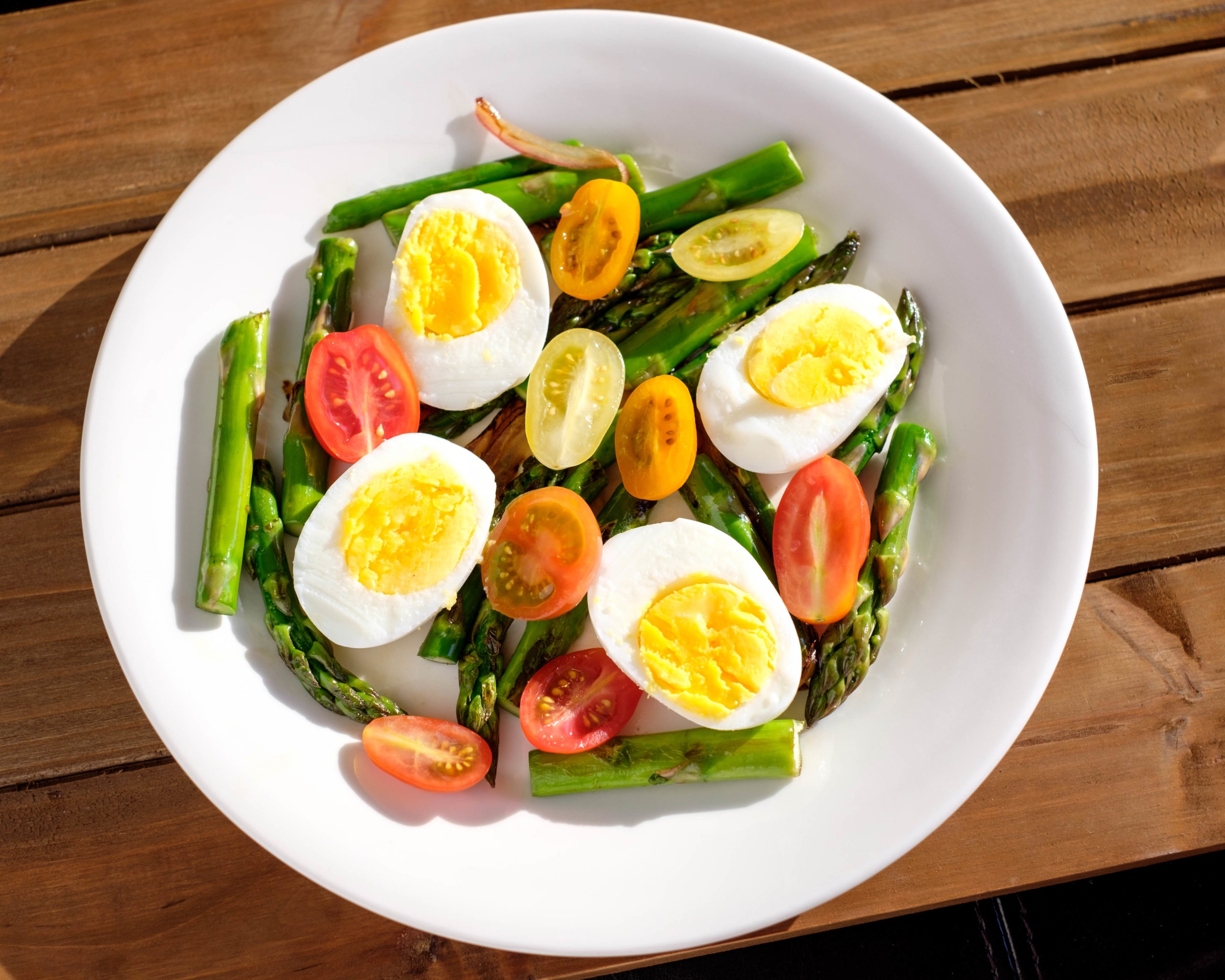
Hard Boiled Eggs with Asparagus
Packed with protein, fiber, and a burst of delightful flavors, this snack is not only a treat for your taste buds but also a nutritious alternative to mindless office snacks

Peanut Butter Quesadillas
Tangy green apples, creamy peanut butter, crunchy chopped pecans,and a sprinkle of cinnamon powder
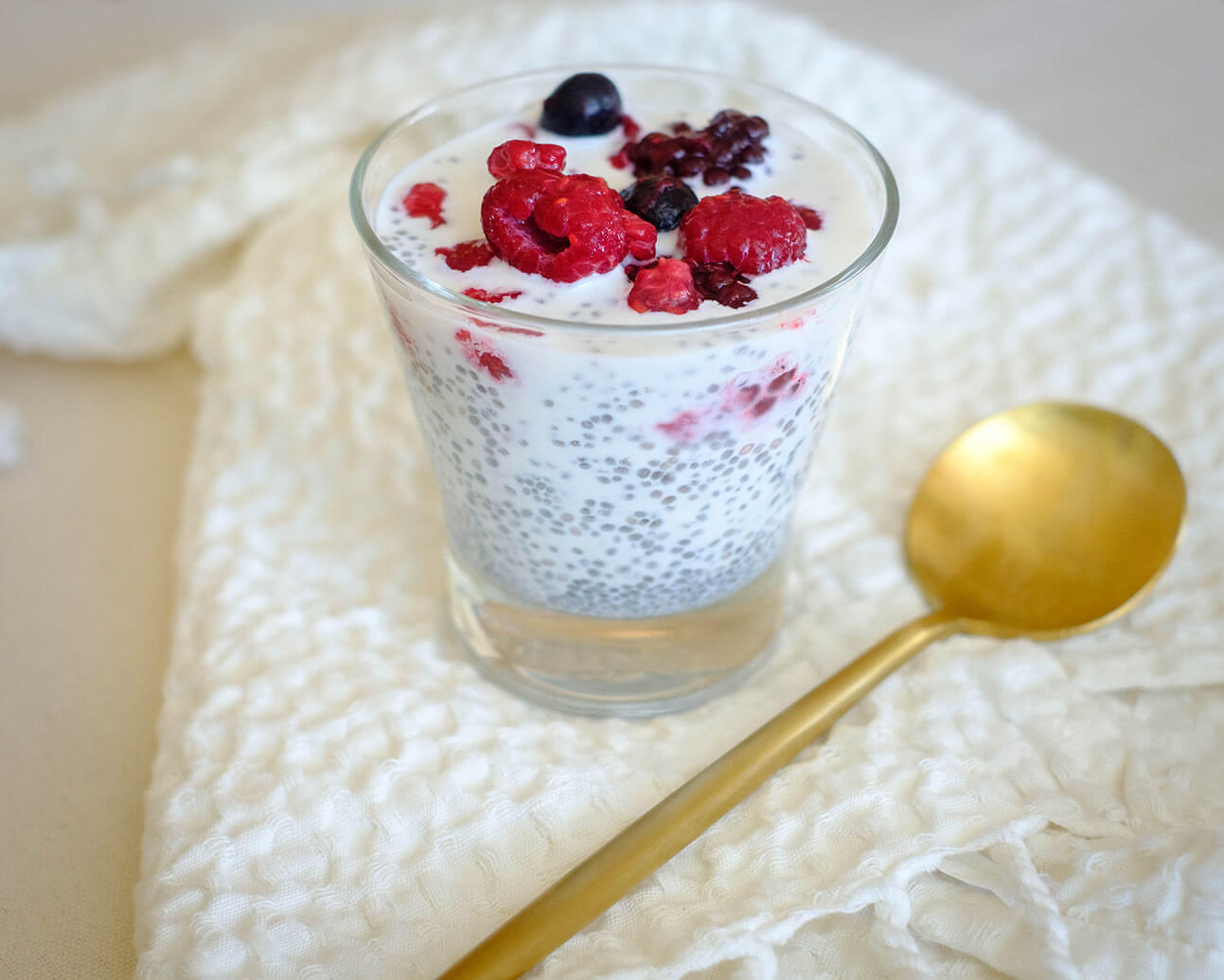
Chia Pudding
Chia Pudding with Mixed Berries – a vibrant, nutrient-packed creation and simple to meal prep.

